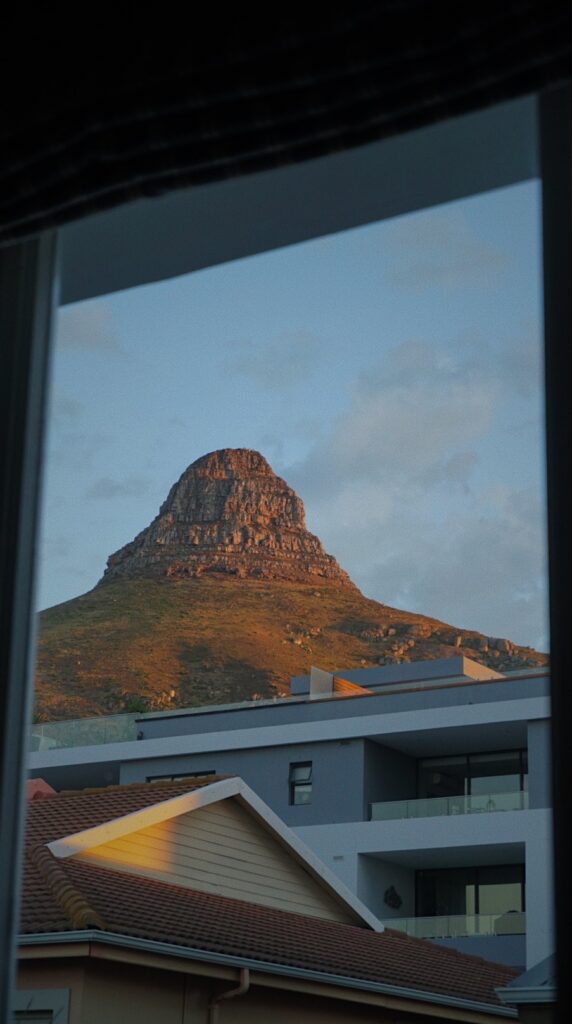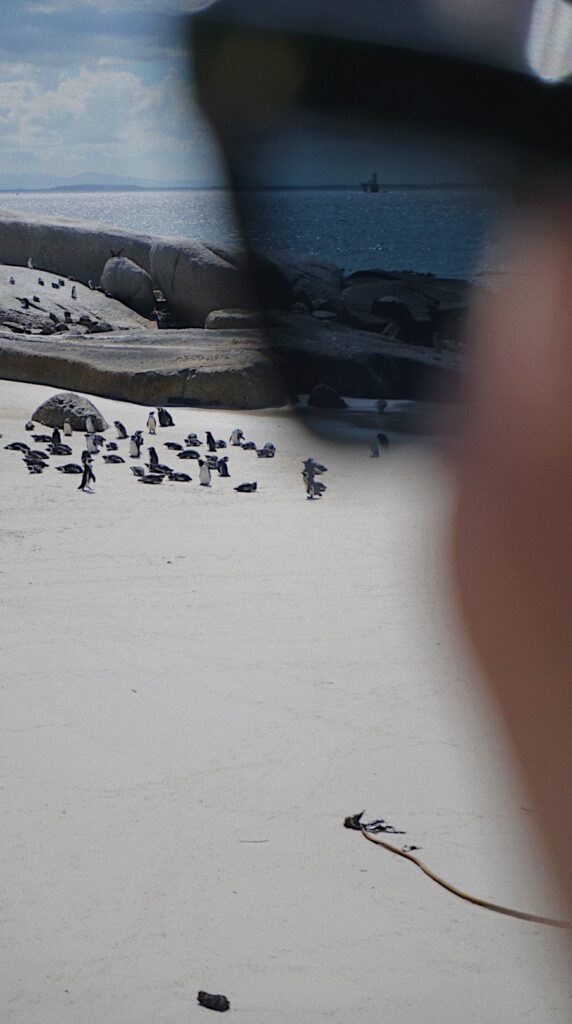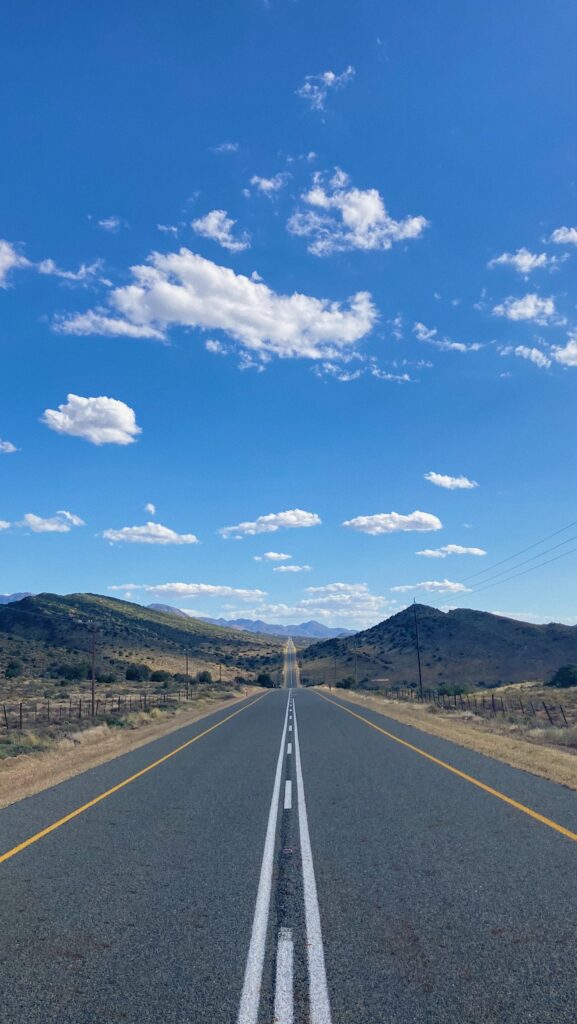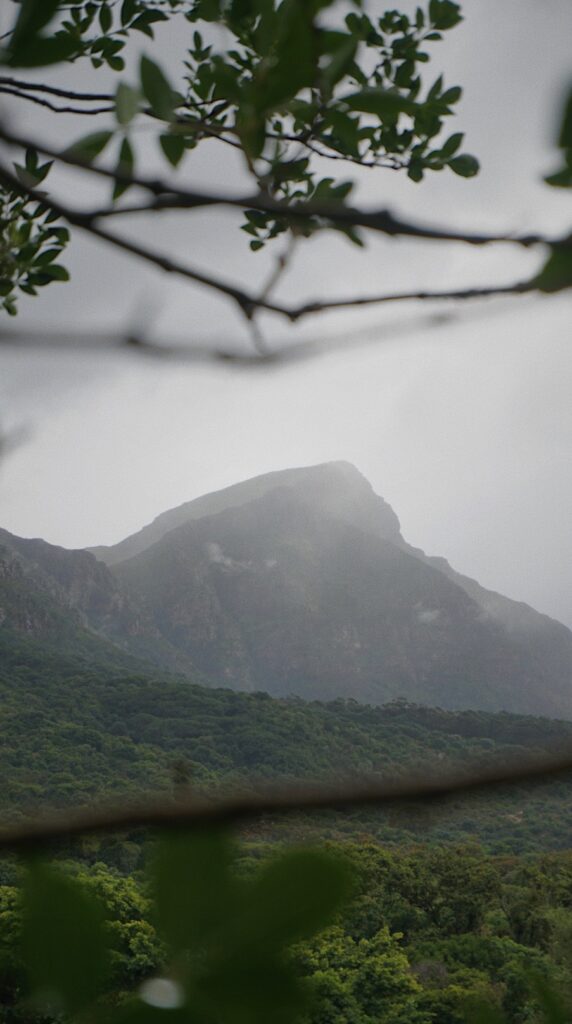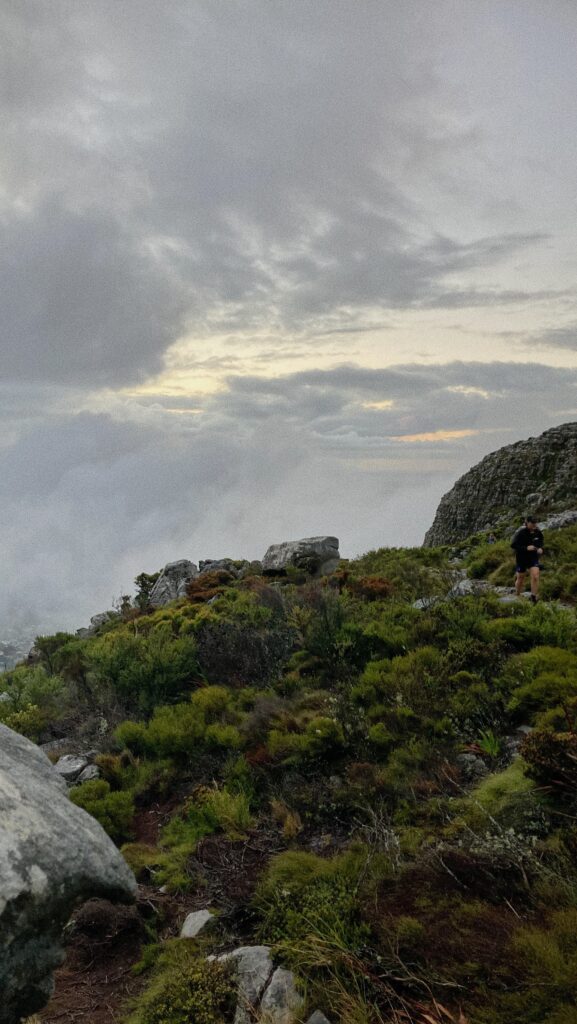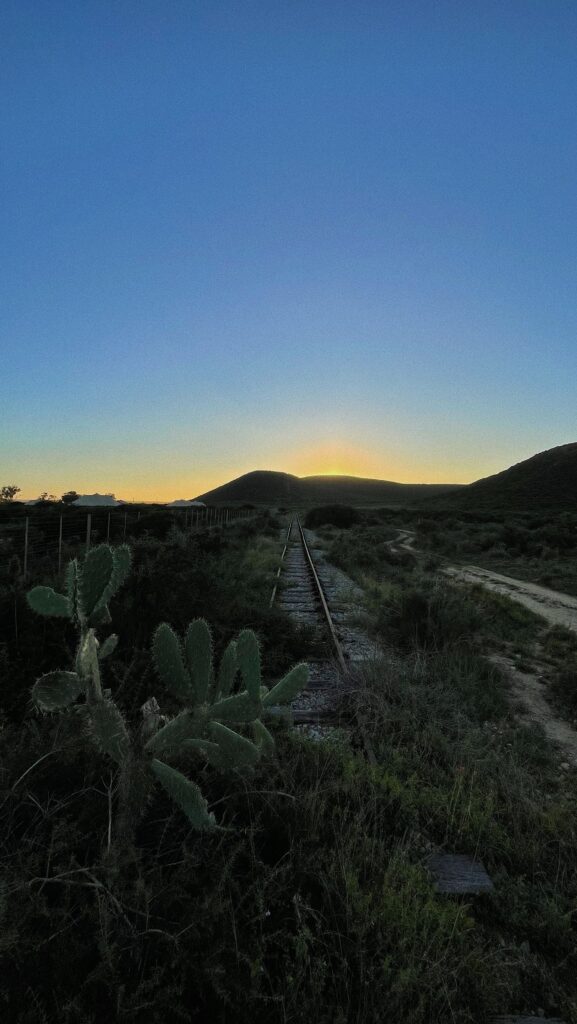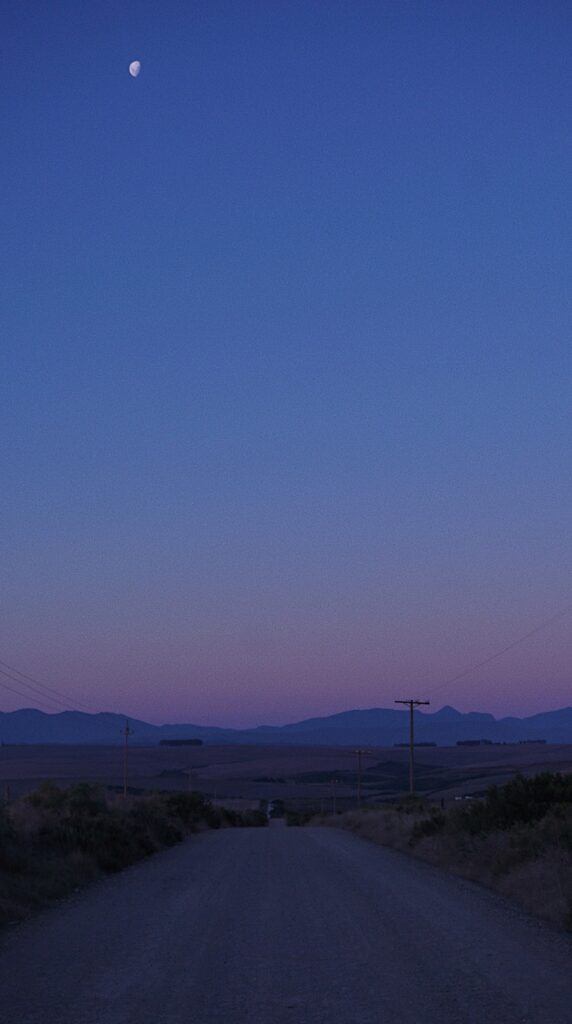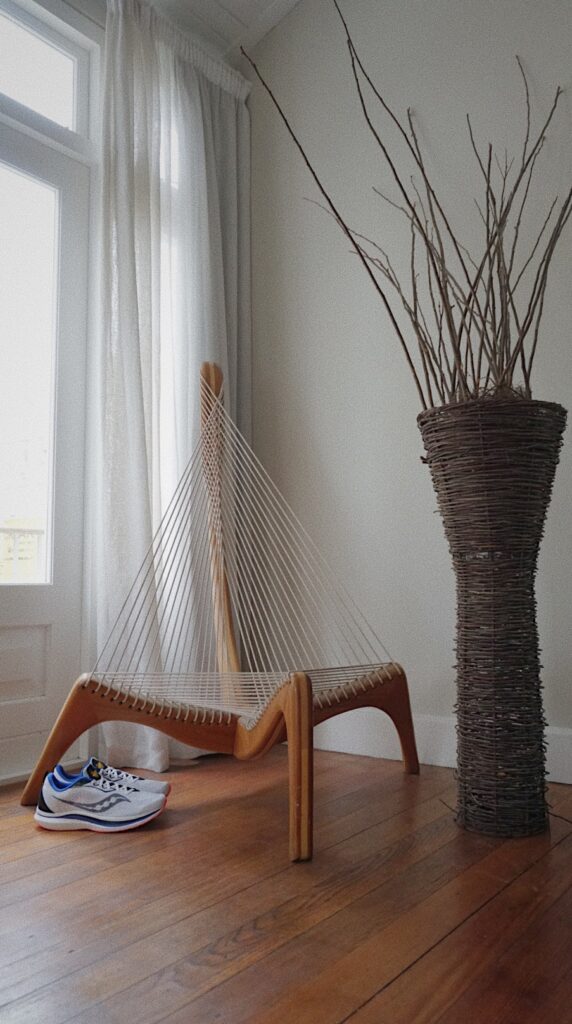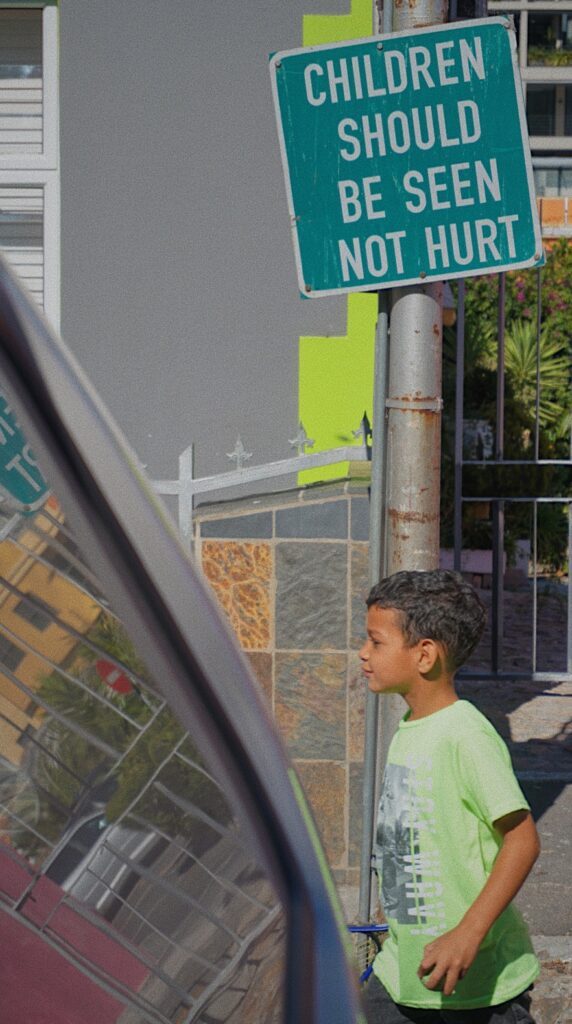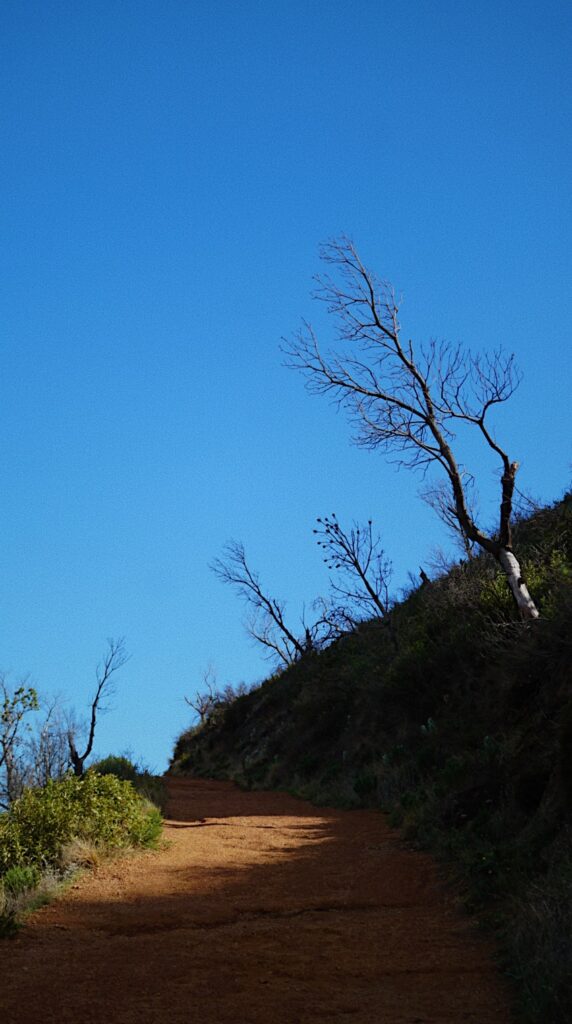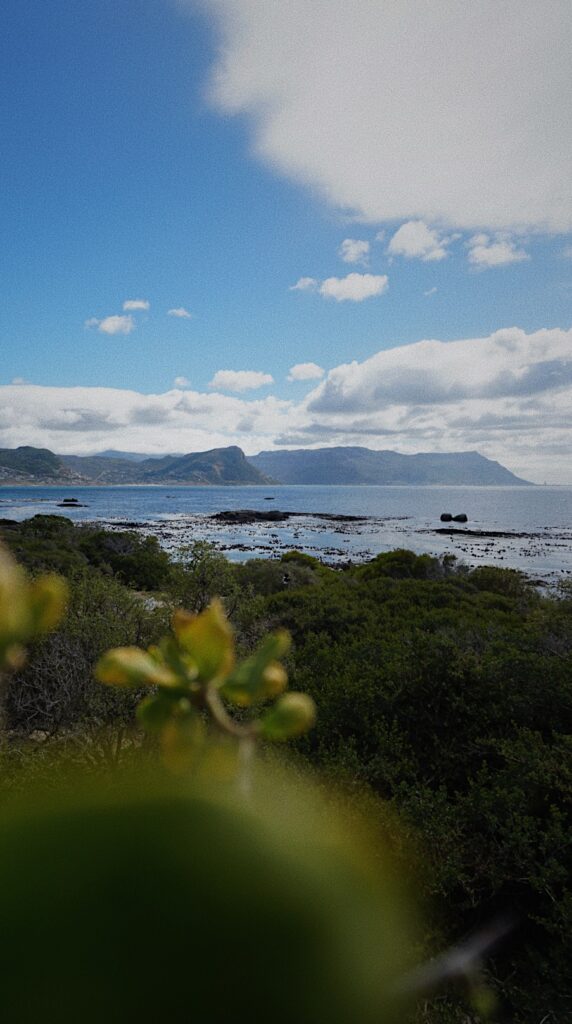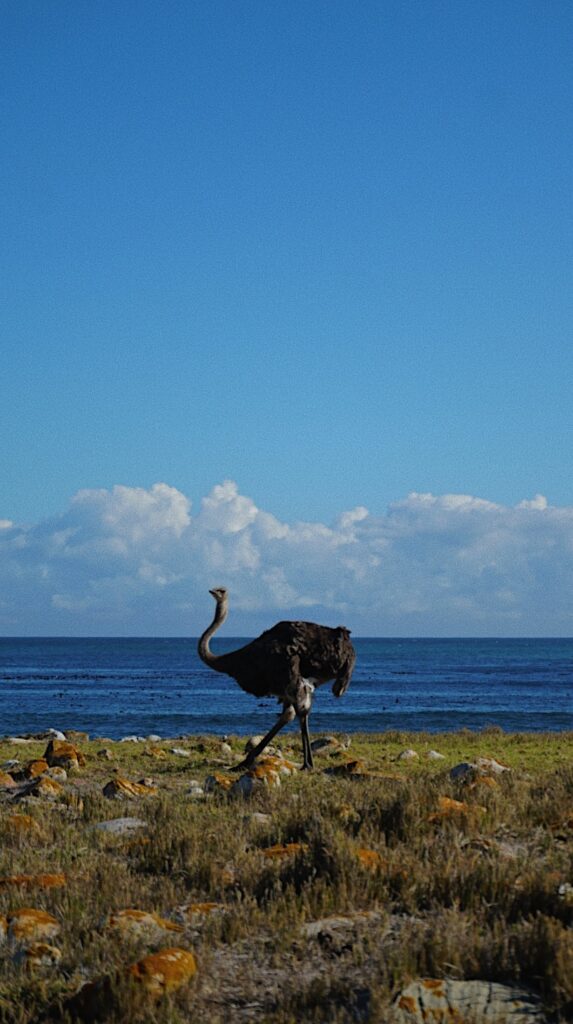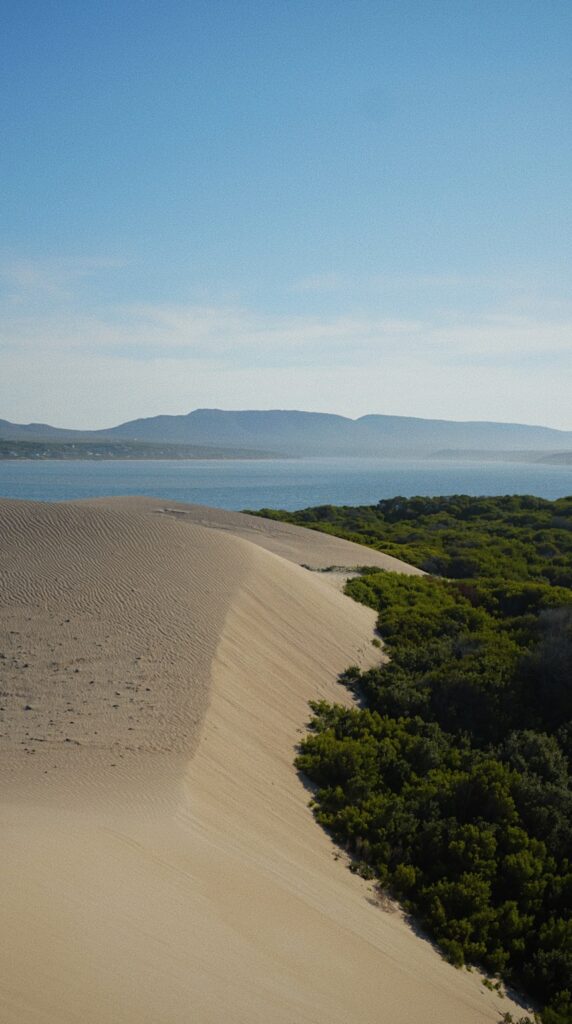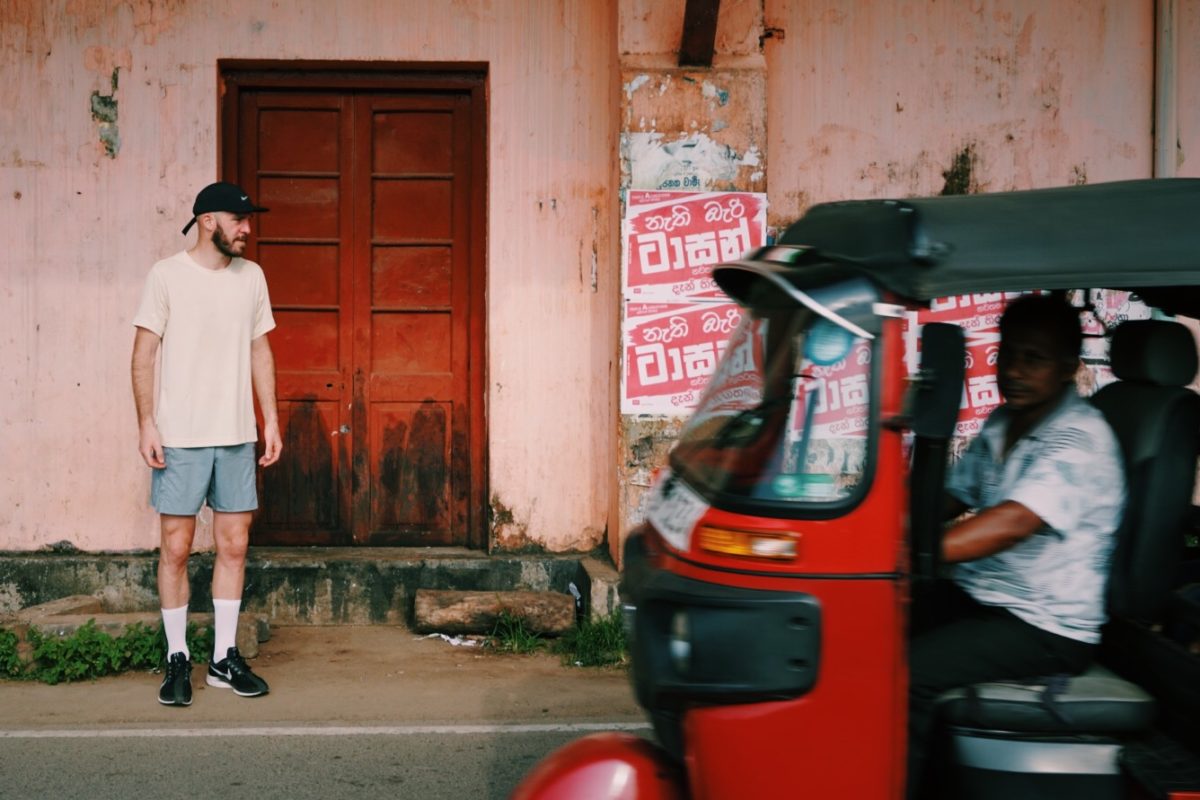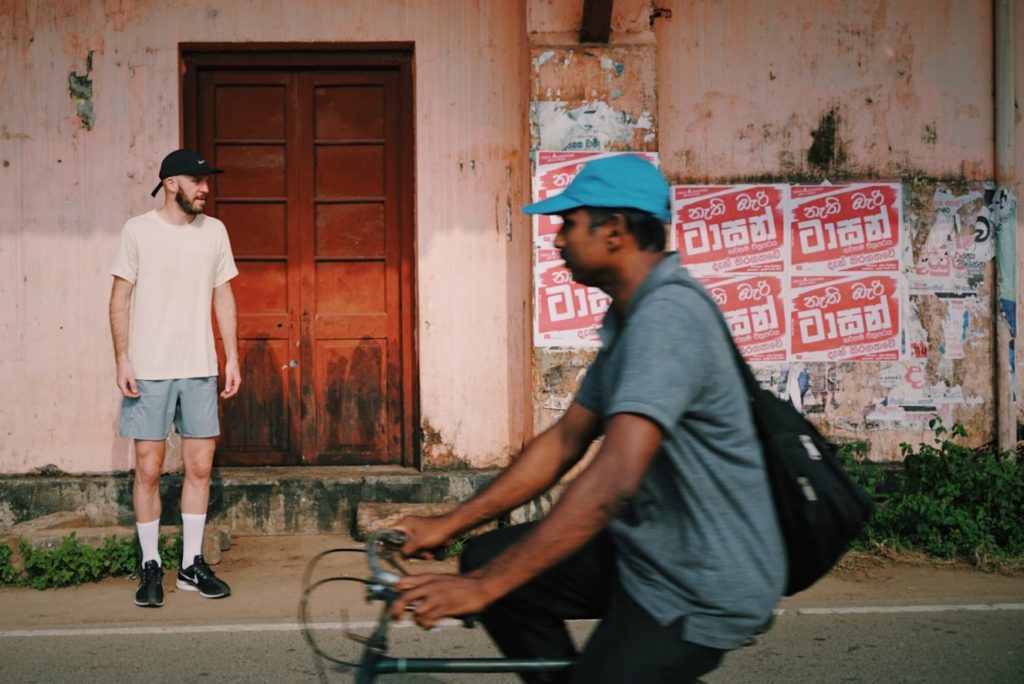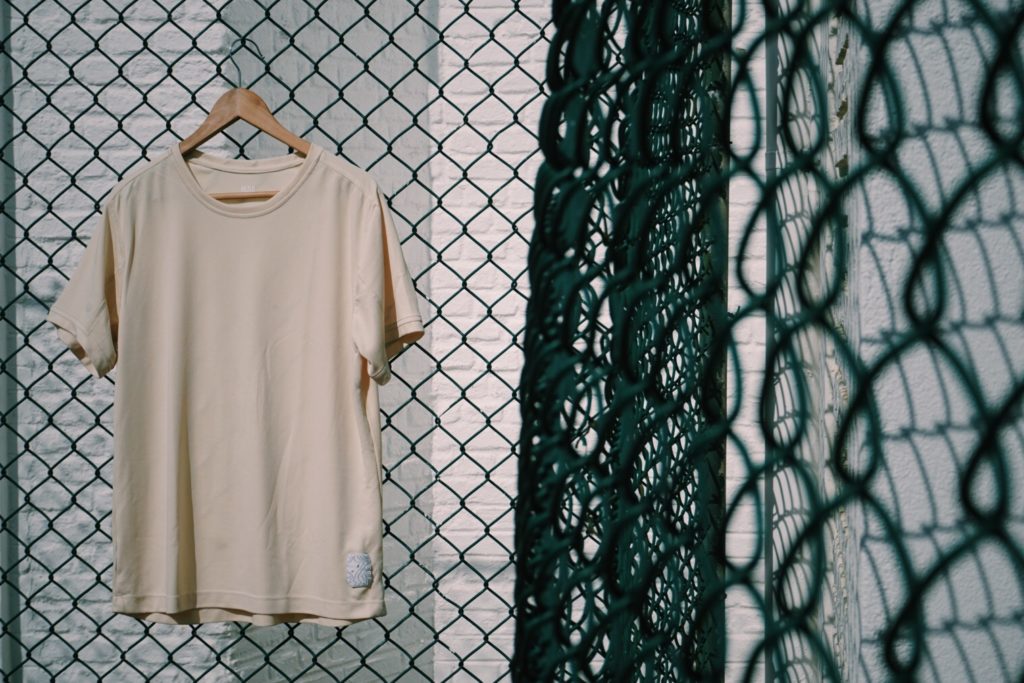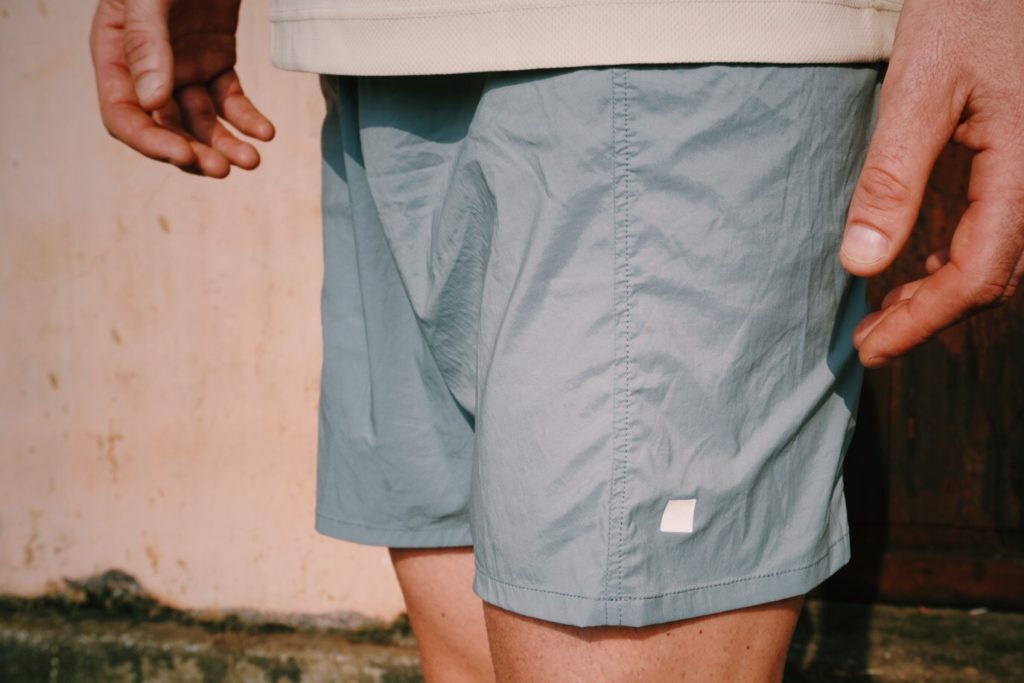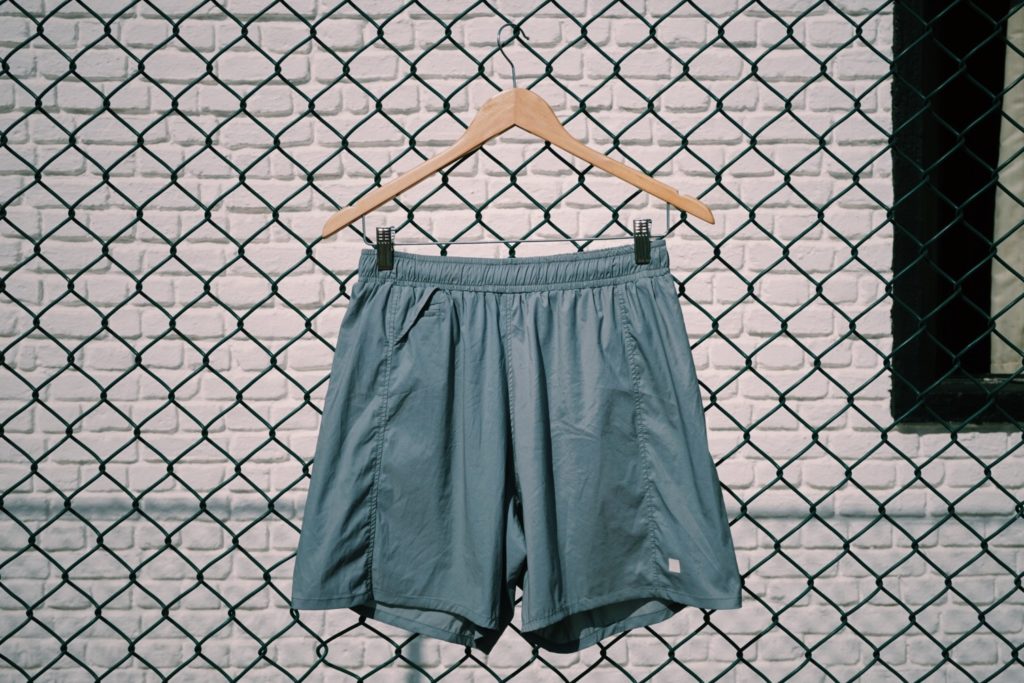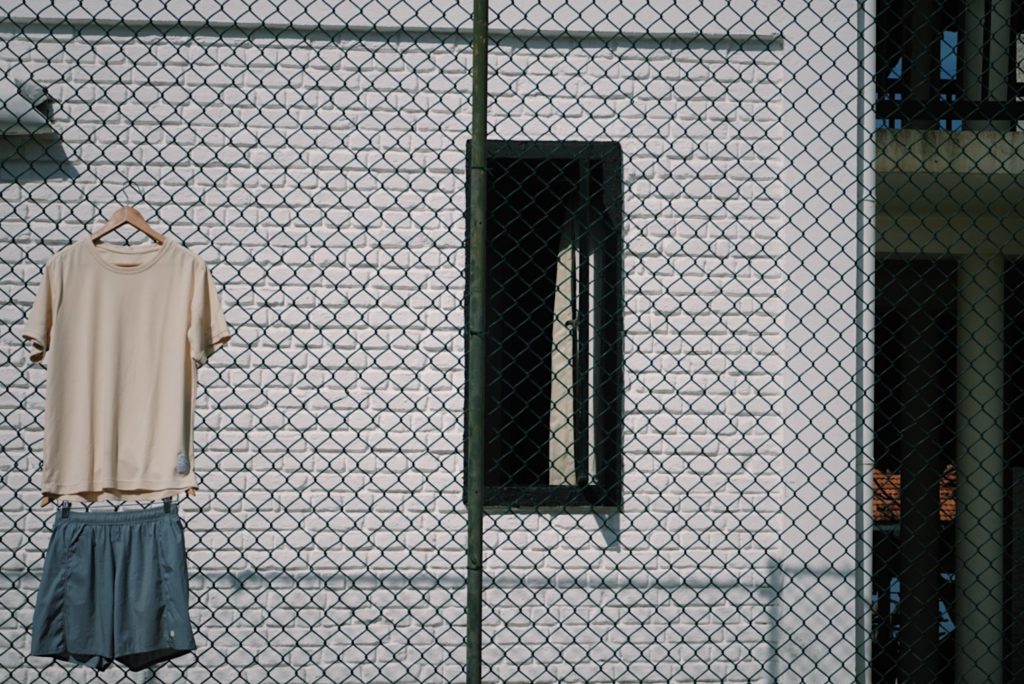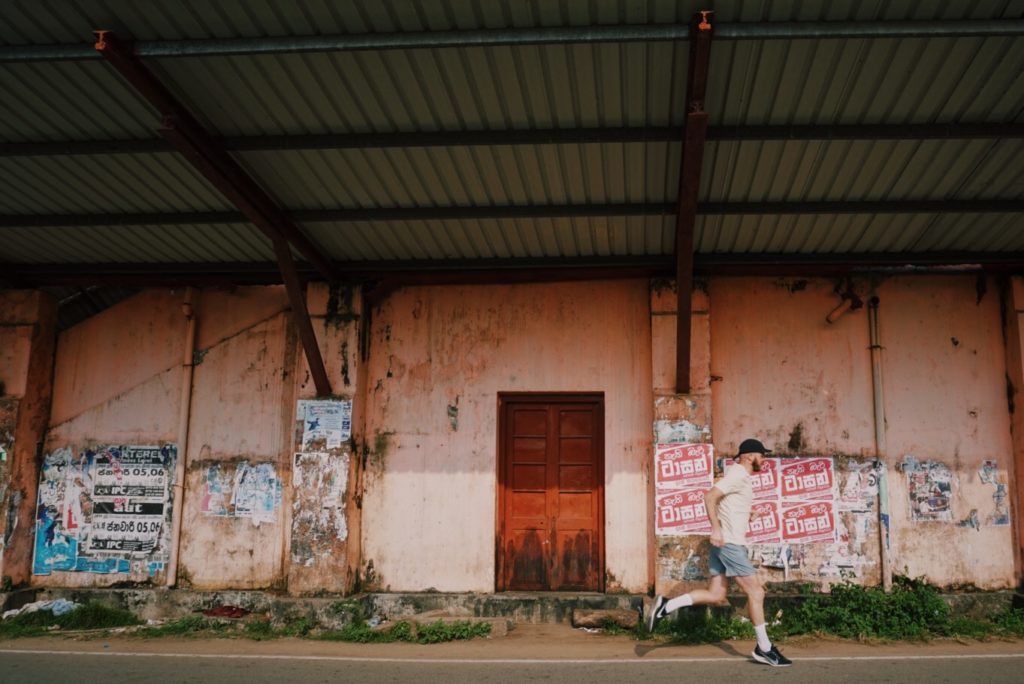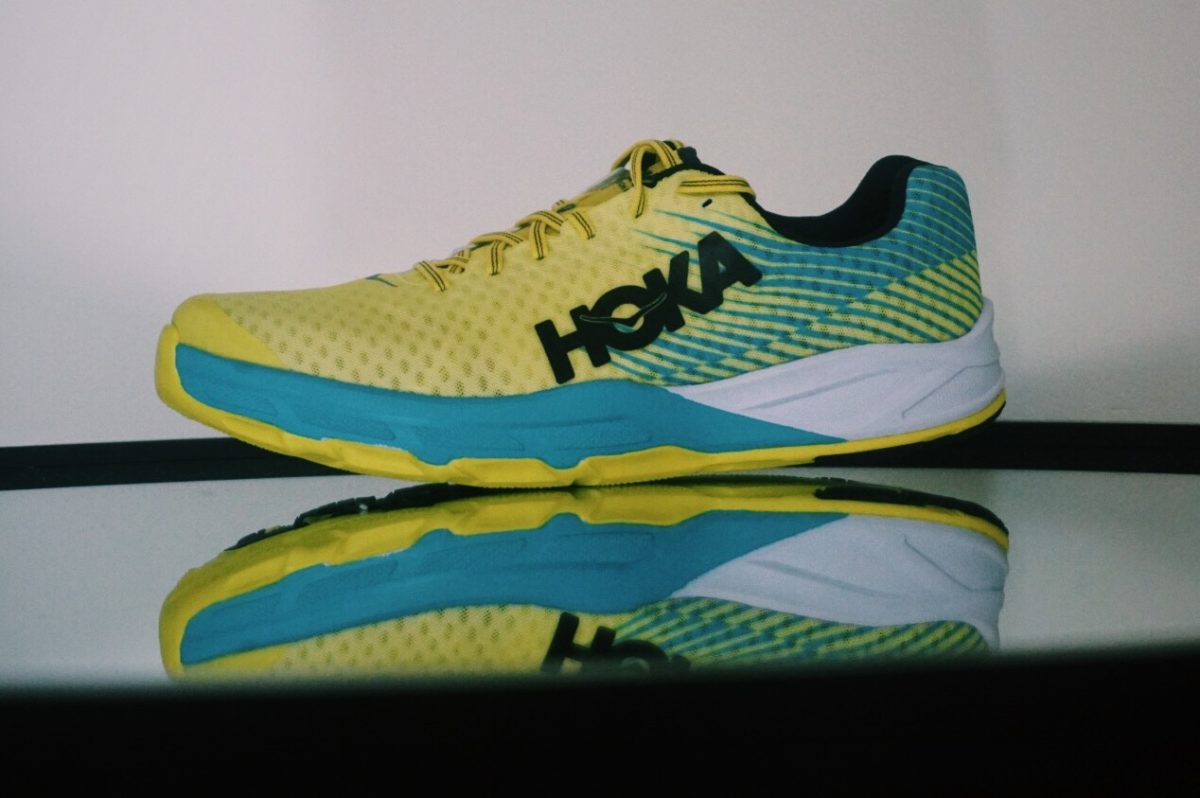Together with my family I spend the good part of April in South Africa. What a trip it has been.
Schlagwort: run (Seite 1 von 2)
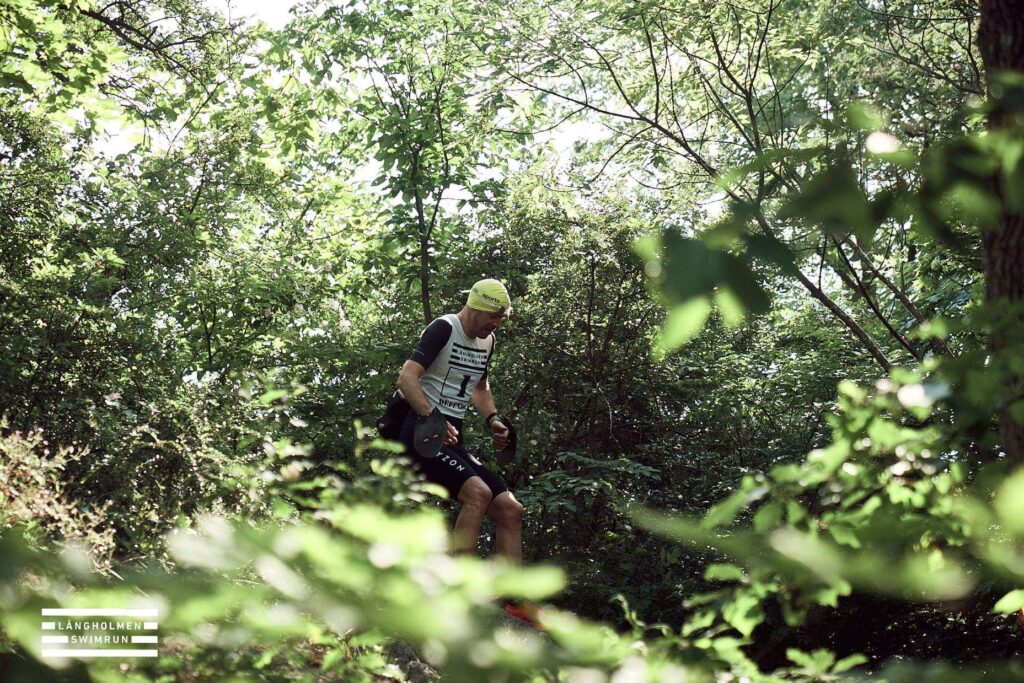
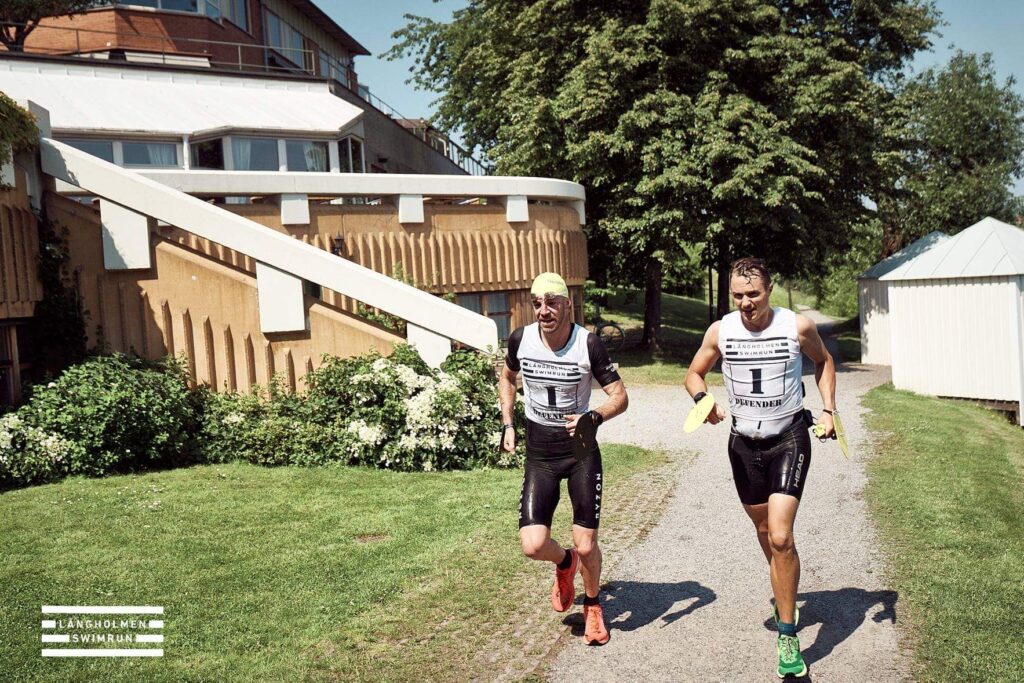
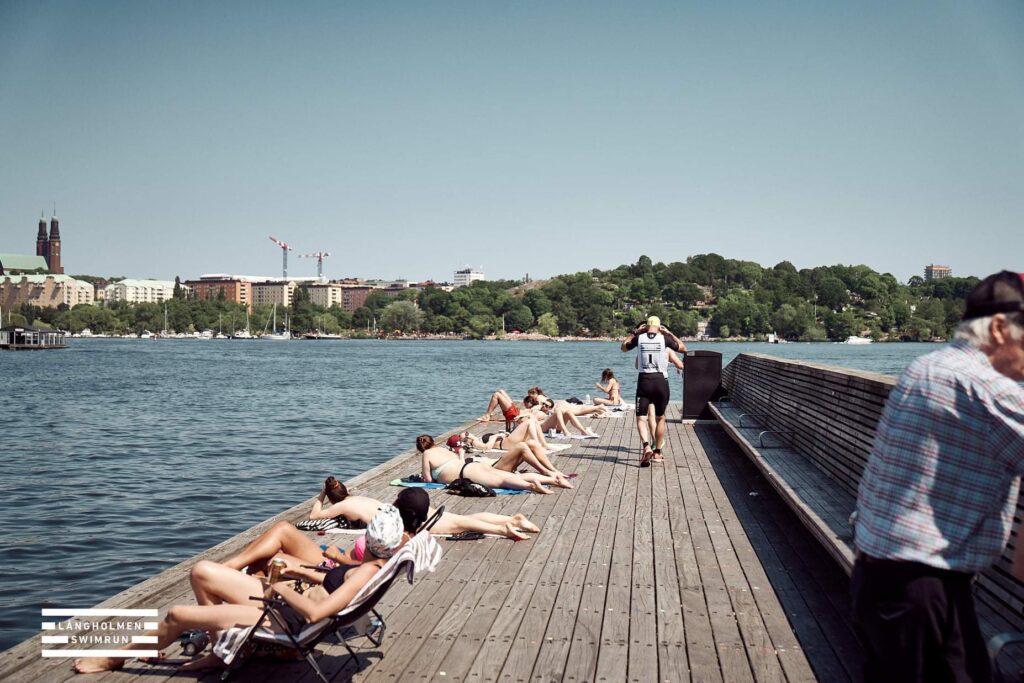
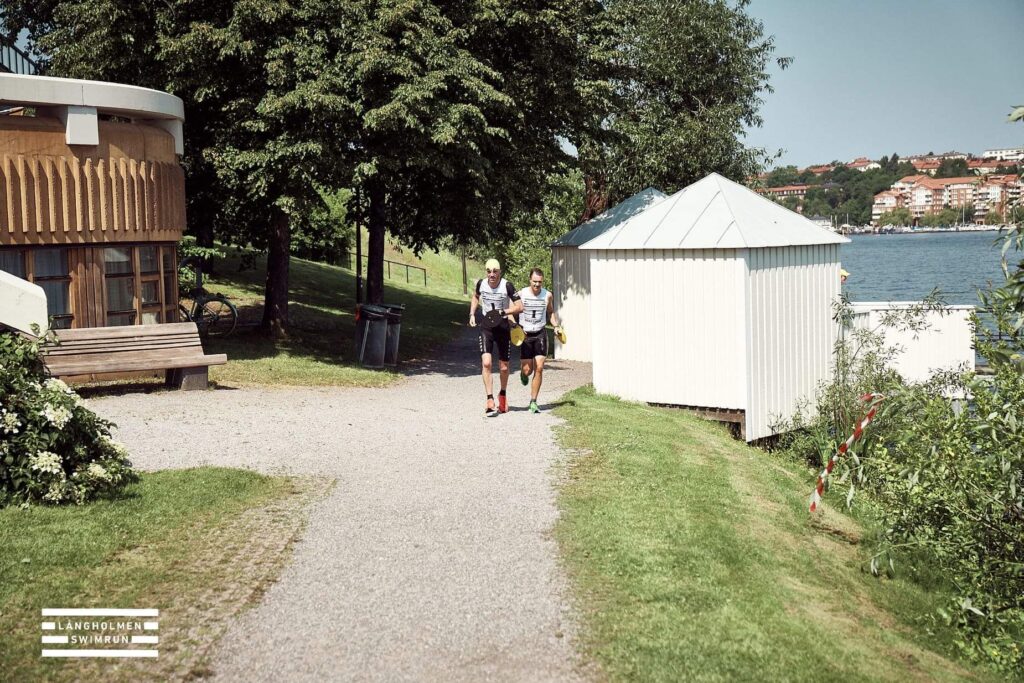
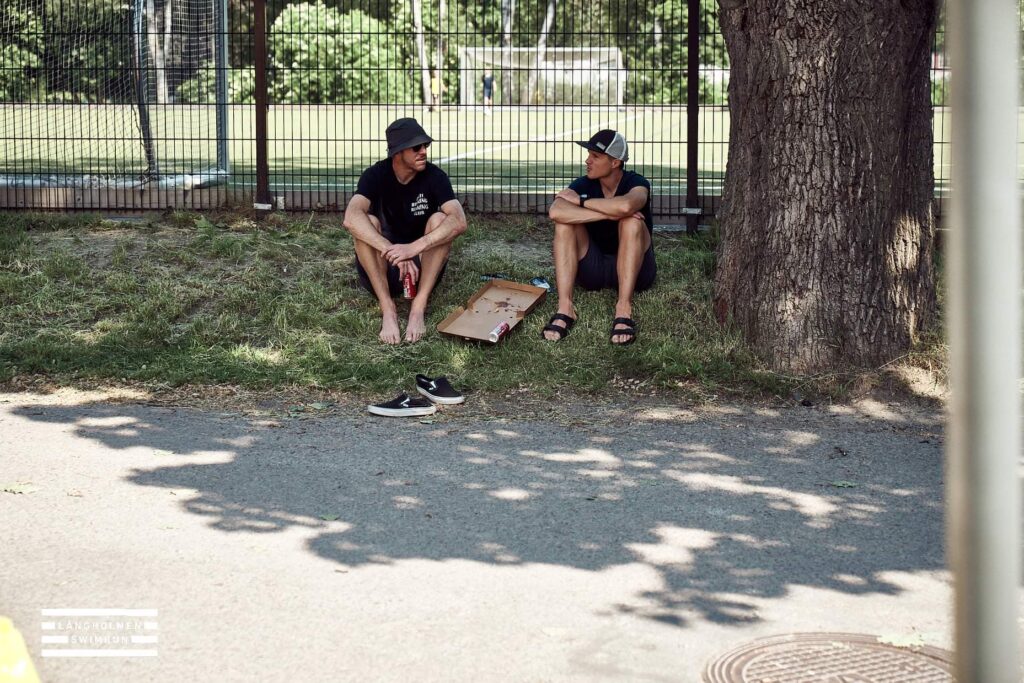
All pictures by Henrik Kindgren for Långholmen SwimRun
Tune of the day: Skyzoo – All The Brilliant Things (Album)
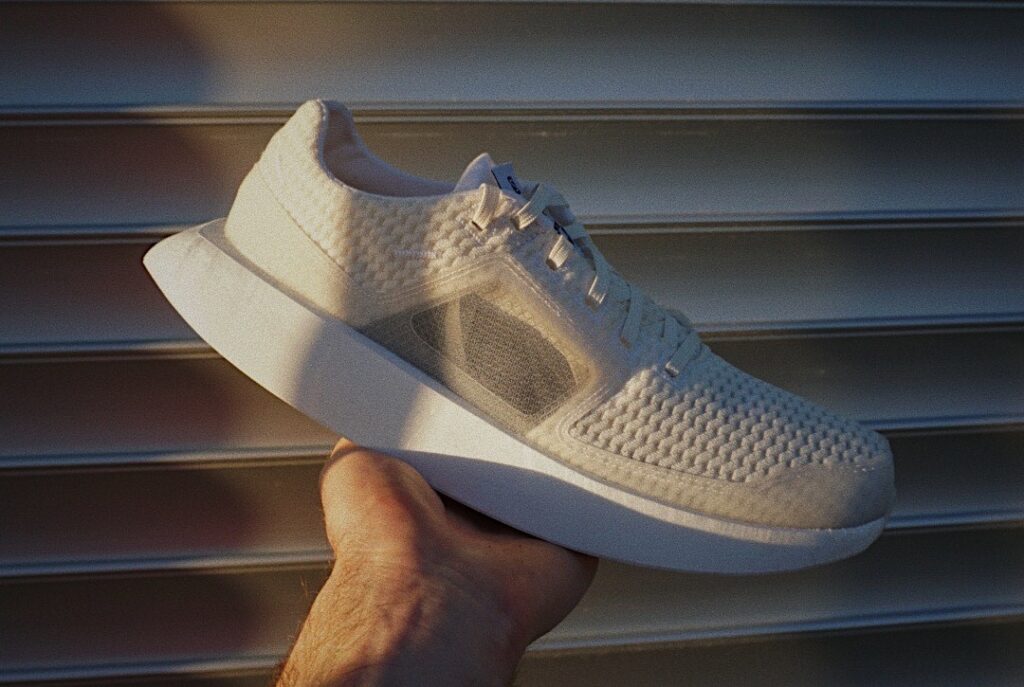
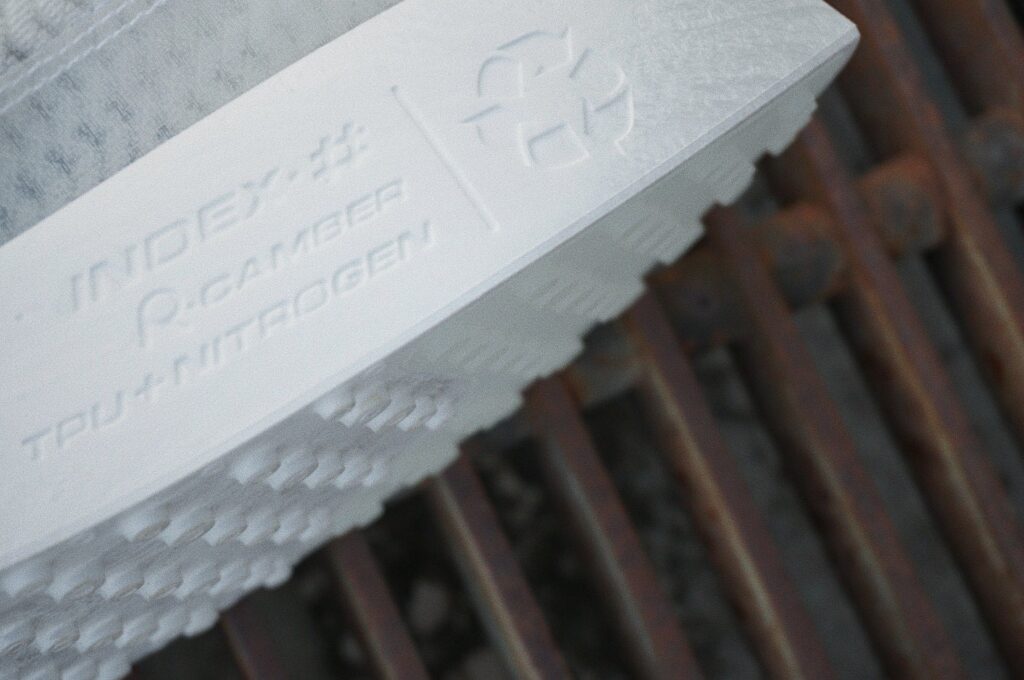
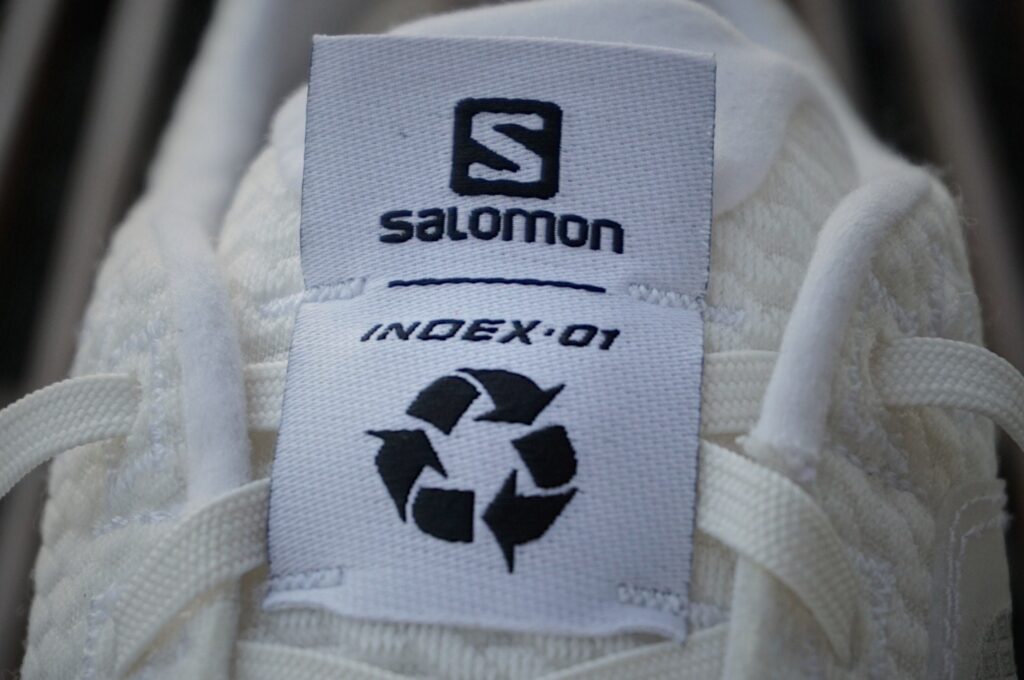
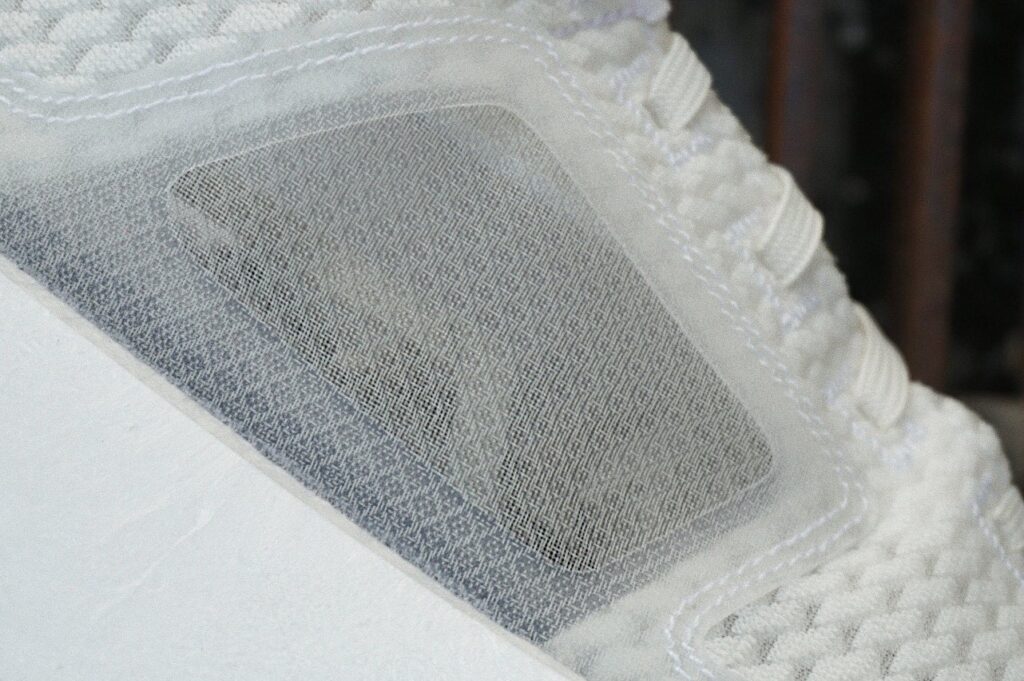
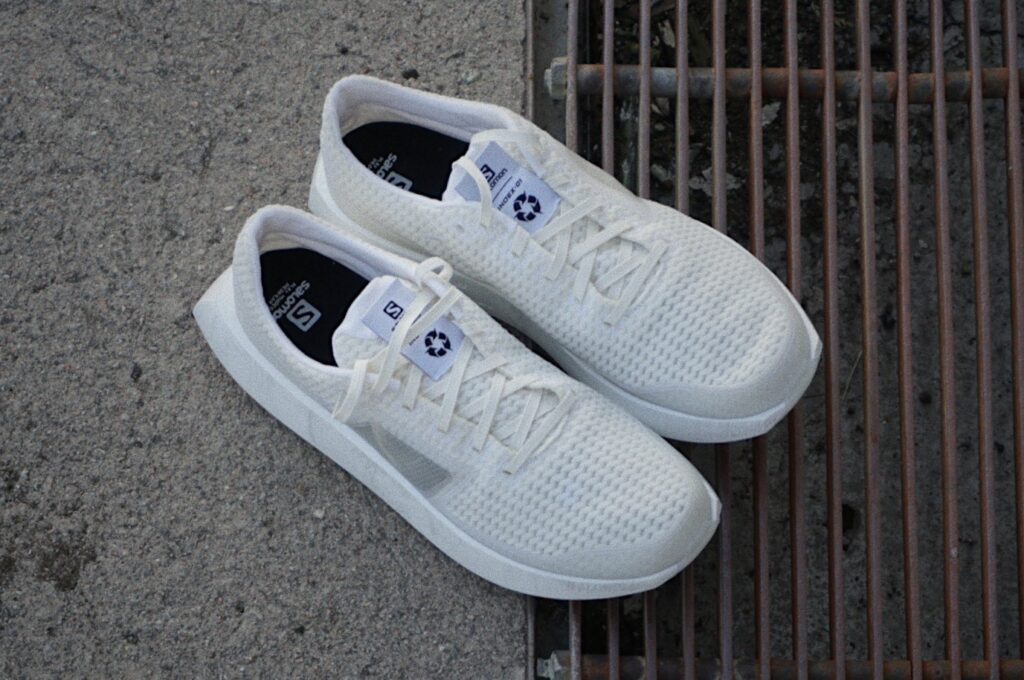
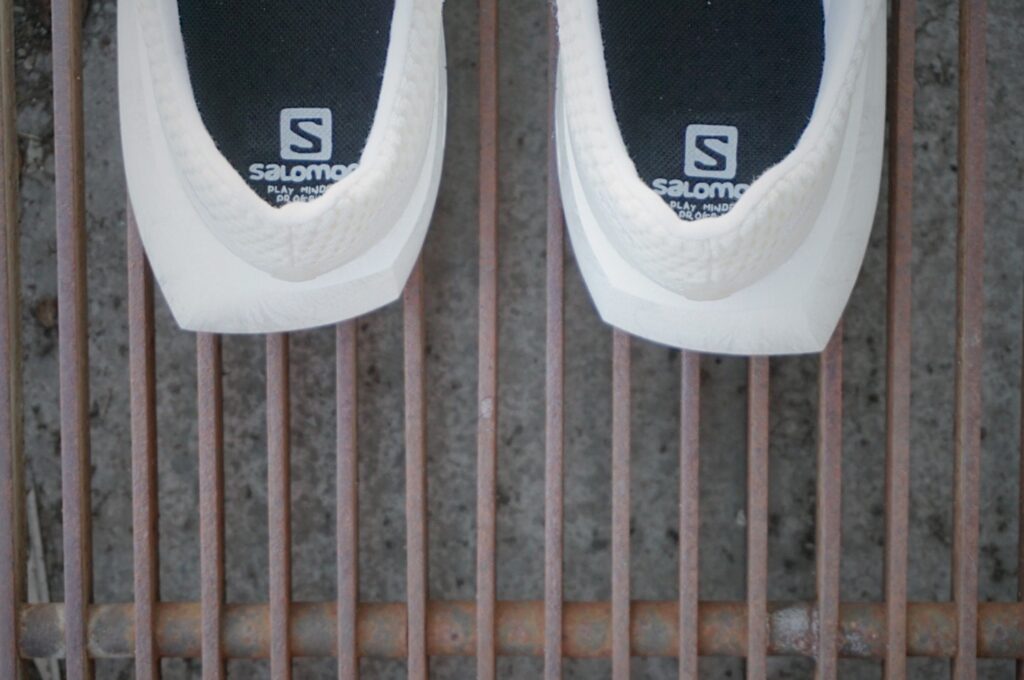
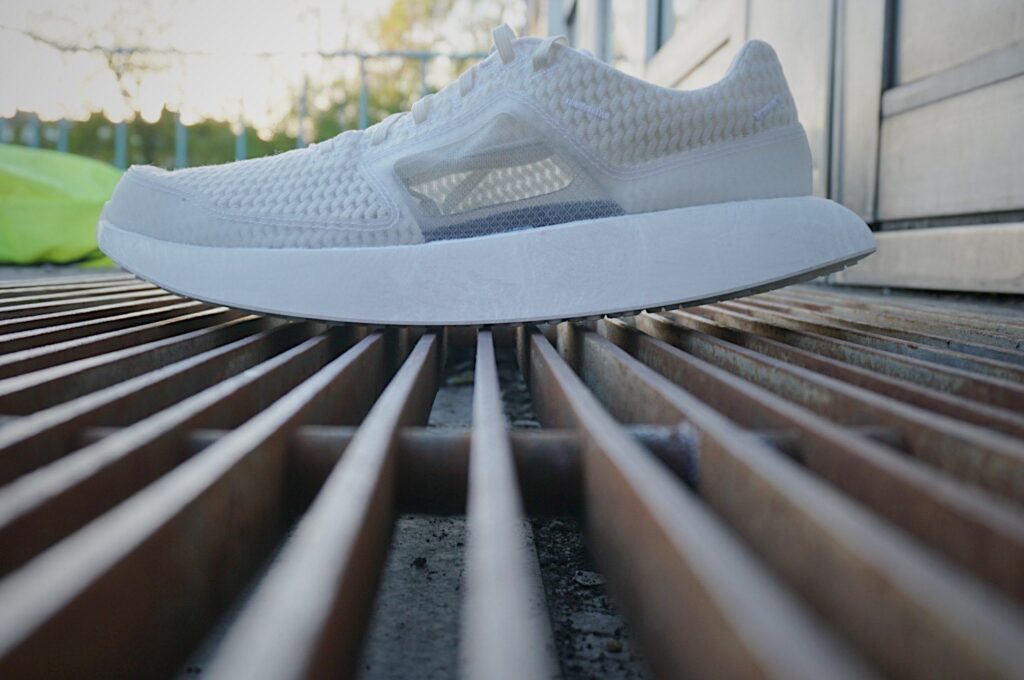
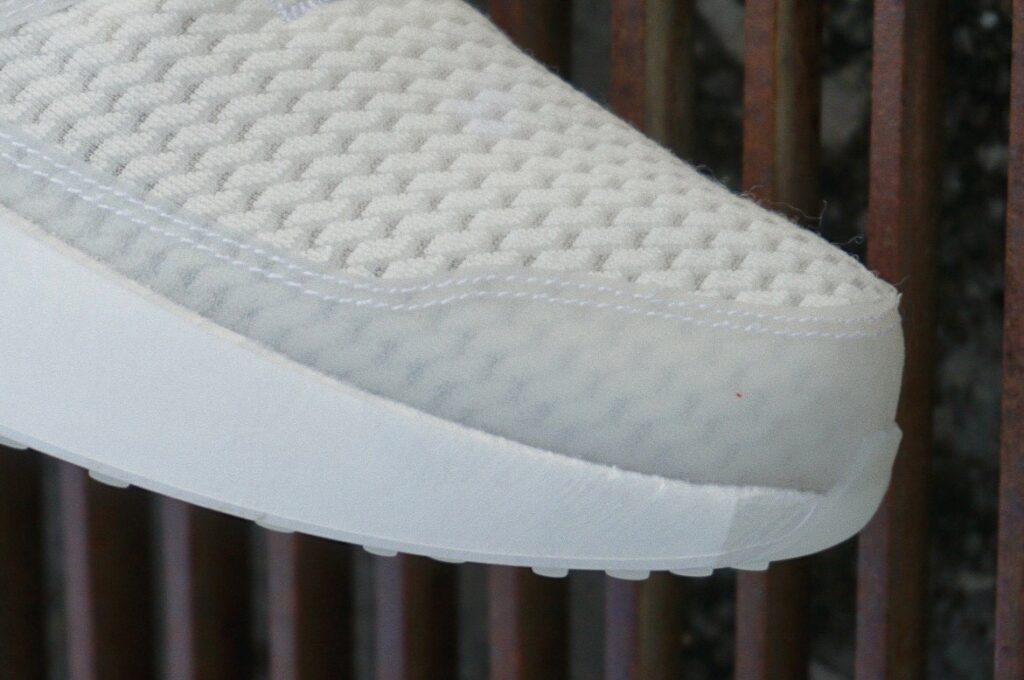

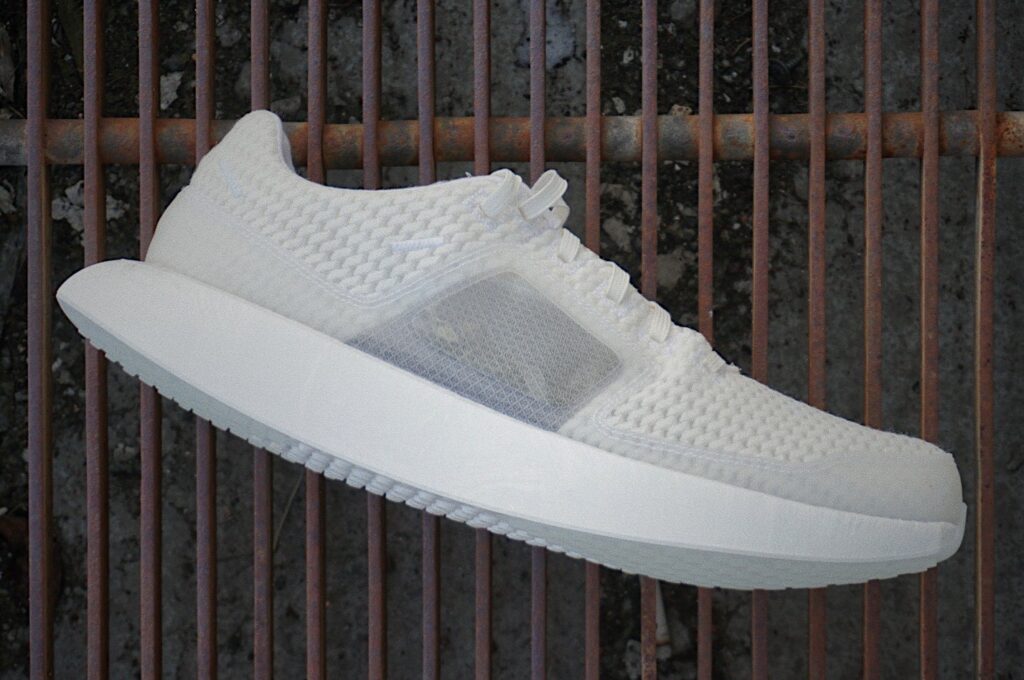
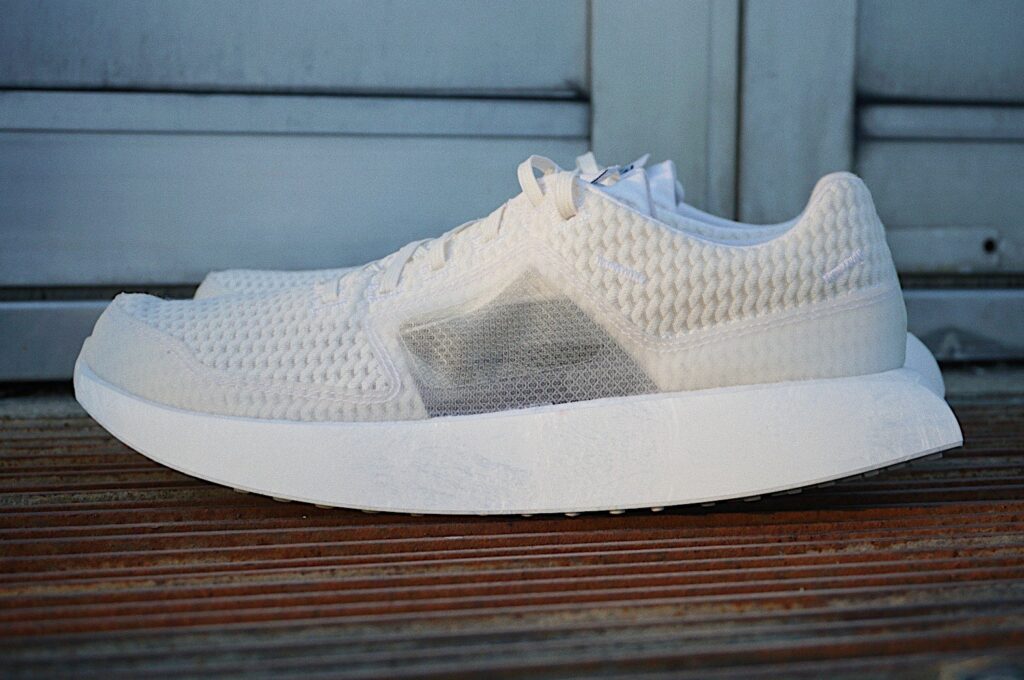
Movie of the day: Tony Martin – Qualen, Lehren, Perspektiven
Tune of the day: Anchorsong – Remedy

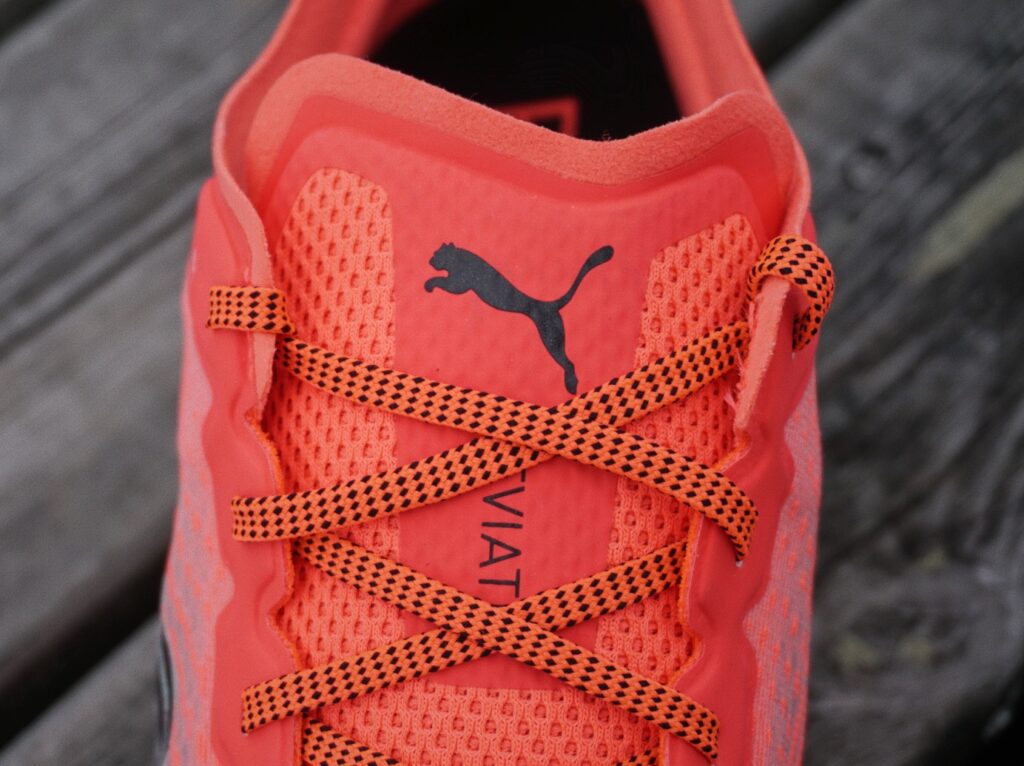


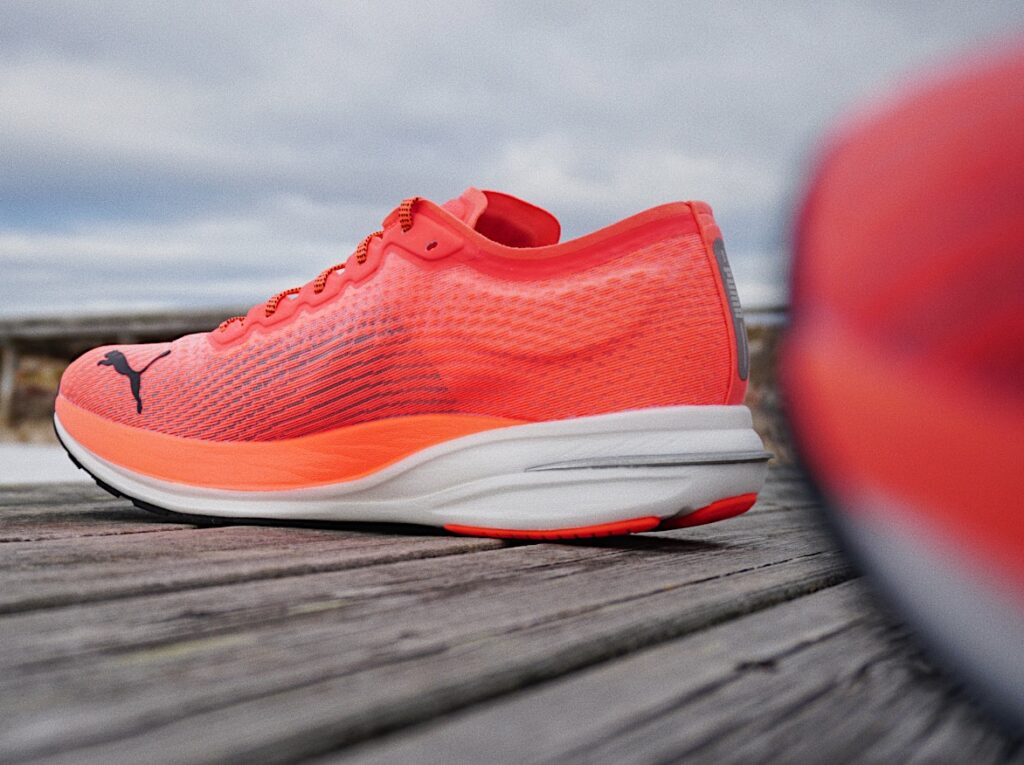
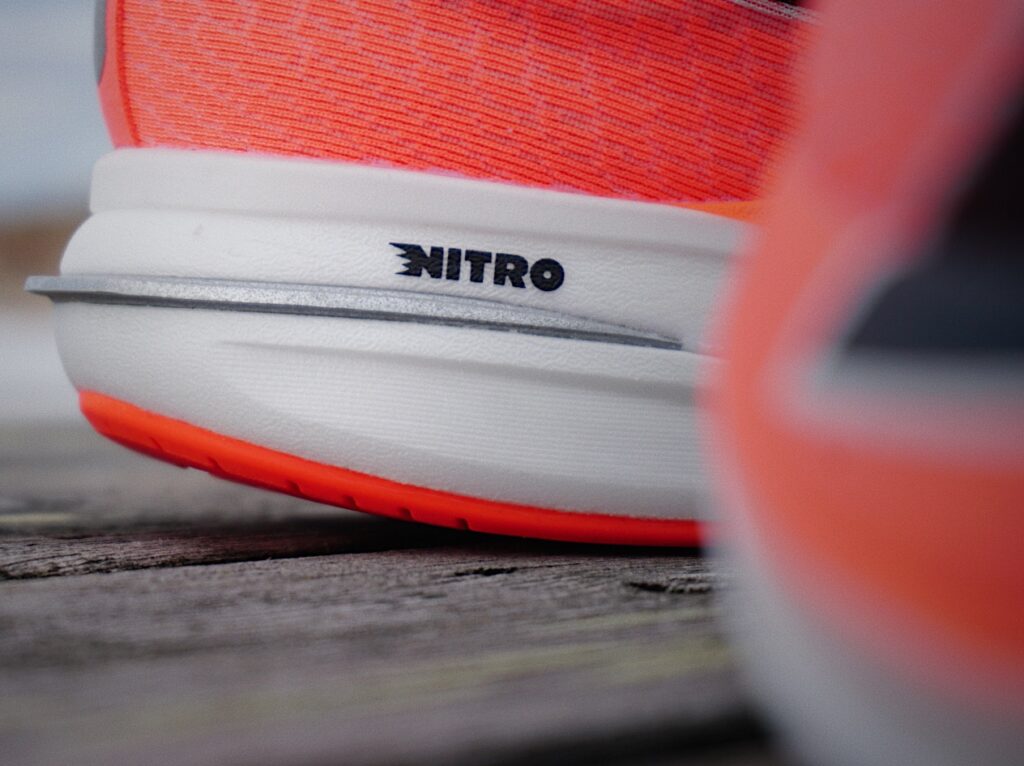
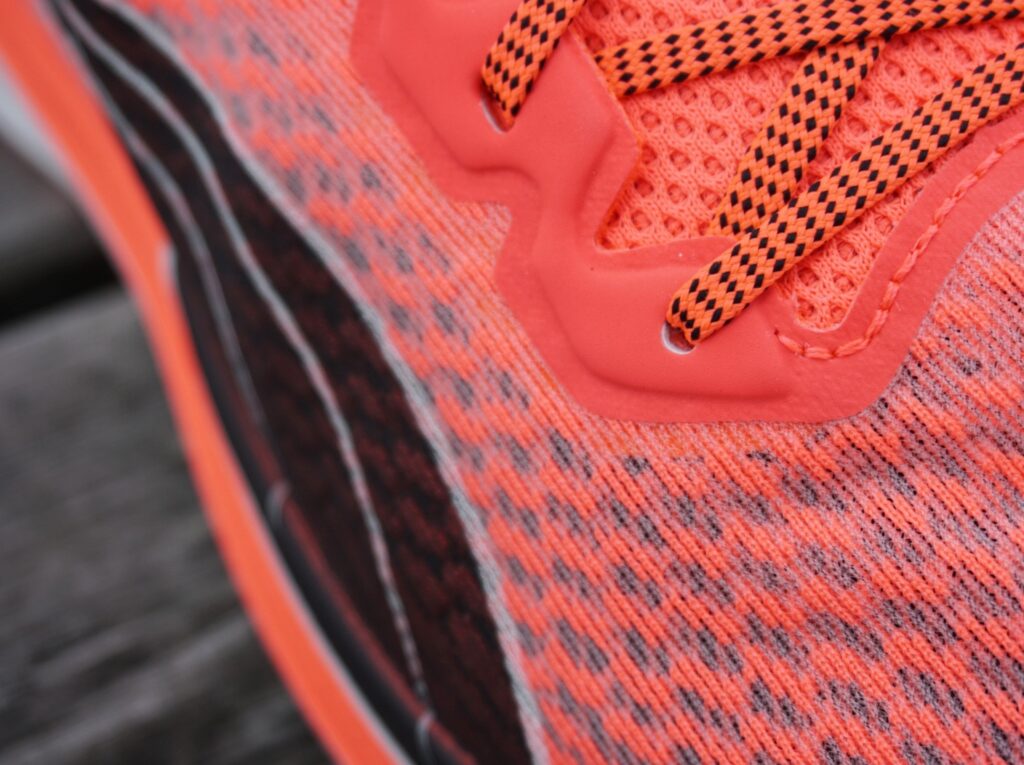
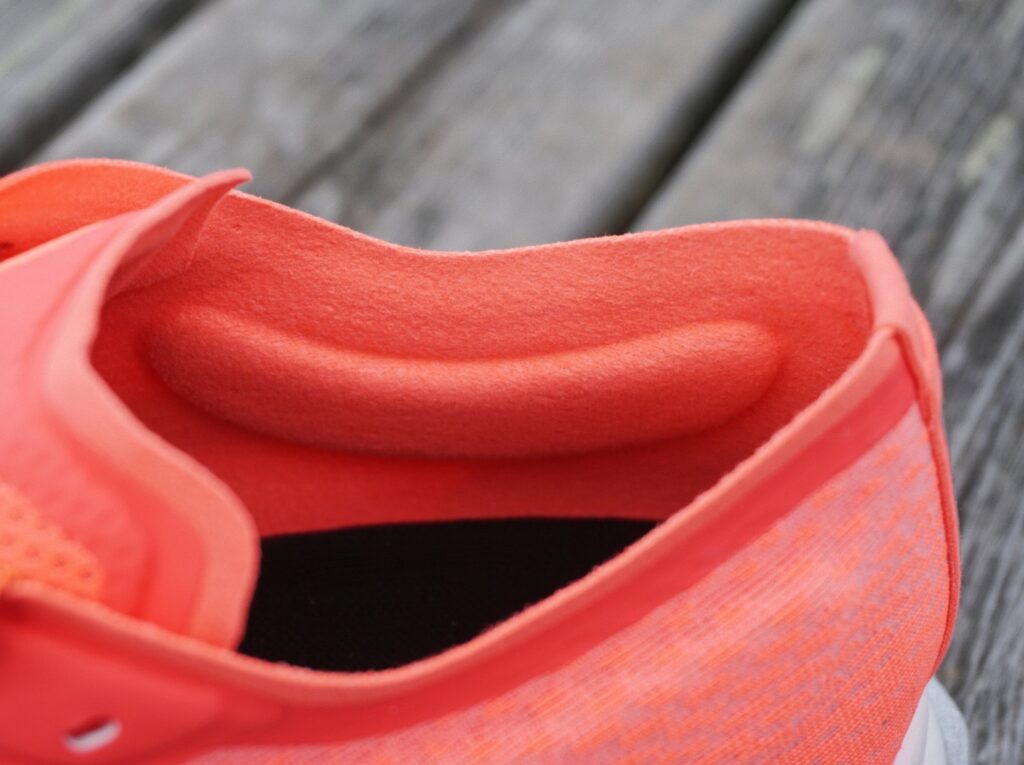

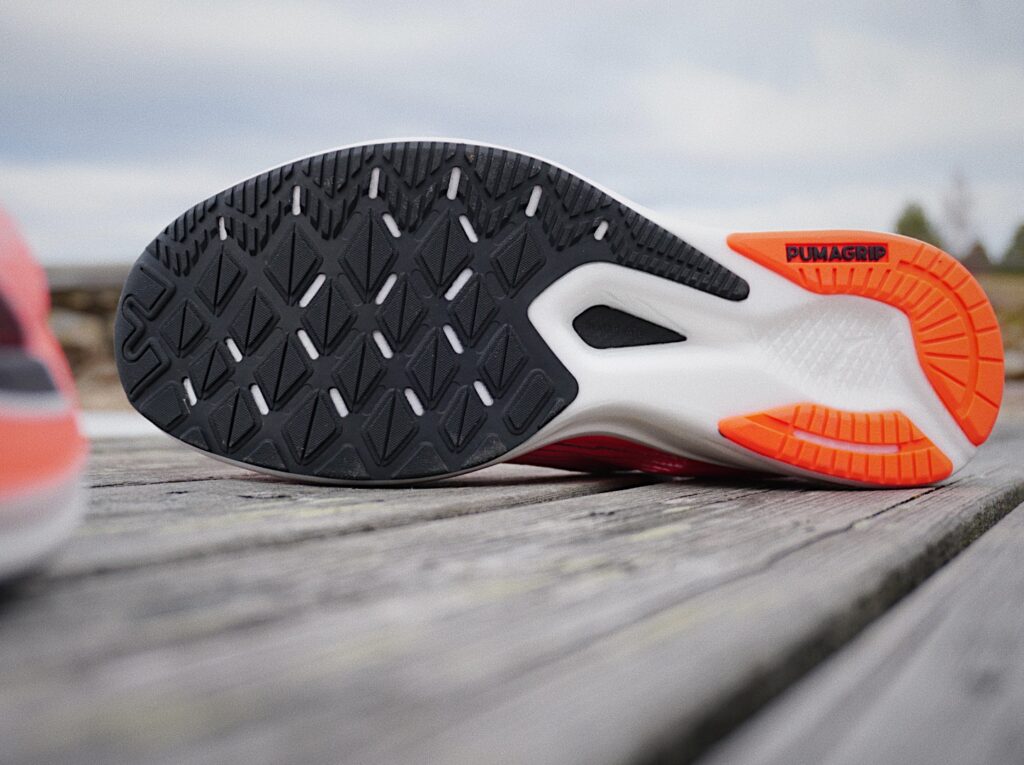
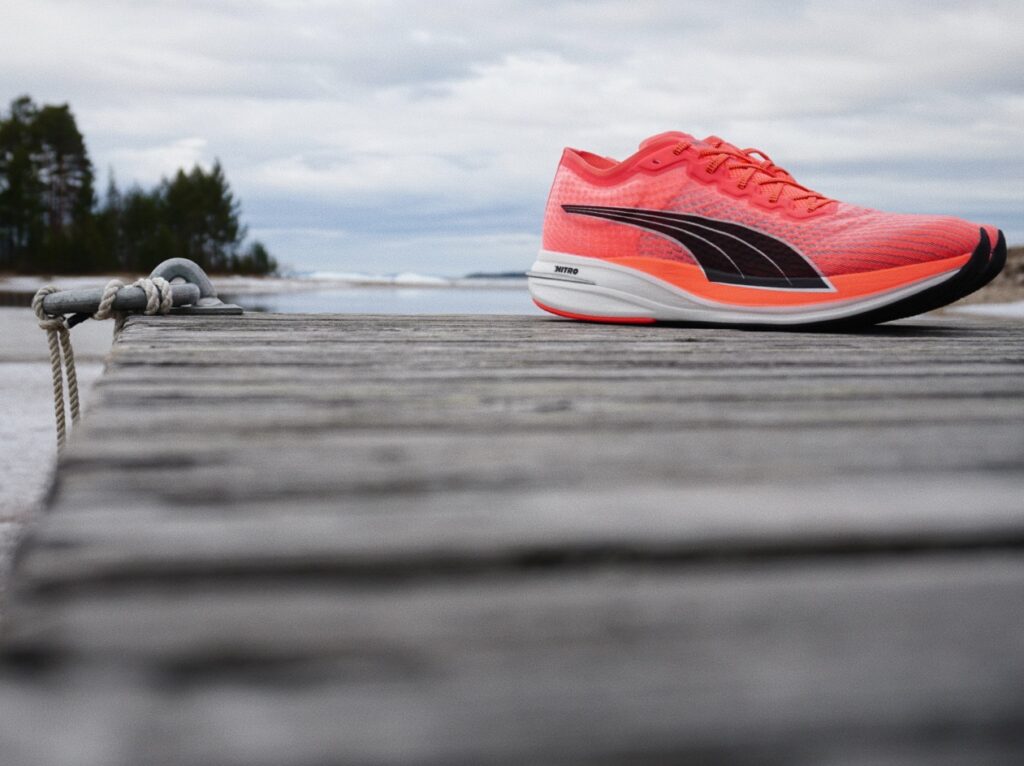
Tune of the day: Brockhampton – Roadrunner: New Light, New Machine
At the present time it is just an occasional sign – Folks with a start number pinned on their vest. Joe DiNoto of infamous New York Underground running powerhouse Orchard Street Runners is a man that makes things happen. One of his most prominent races, the OSR30, an unauthorized 30 miles contest round Manhattan was one of many race annulments in the mist of the Covid-19 epidemic. Last weekend saw yet another turnout of this raw and self-navigating competition. Even with basic knowledge of the New York running scene, a look at the start list made clear that the stakes for a thrilling showdown were high.
And race day delivered. With favorites David Kilgore and Alex Burks surging away early on, it seemed clear who was battling for victory. But then again after missing a checkpoint, the lead changed, and it was Travis Hawkins who crossed the line in first place. His 3:17:44 for 51,90 kilometer (Strava) was not the fastest time of the day, but he was the fastest runner to reach all the necessary checkpoints along the course.
The father of two (Rafaela 7 & Mathilda 3) and Brooklyn resident is definitely no stranger to this competition. He won it on two occasions, but this time his stakes were unquestionably the lowest. Travis grew up in Leonia, New Jersey which is exactly 1,5 miles from the George Washington Bridge a checkpoint in the OSR30. Travis has a 08:51:10 Ironman PB (Challenge Roth 2019) to his name and owns a personal training and endurance coaching business. I caught up with him in the aftermath of last weekend’s win.
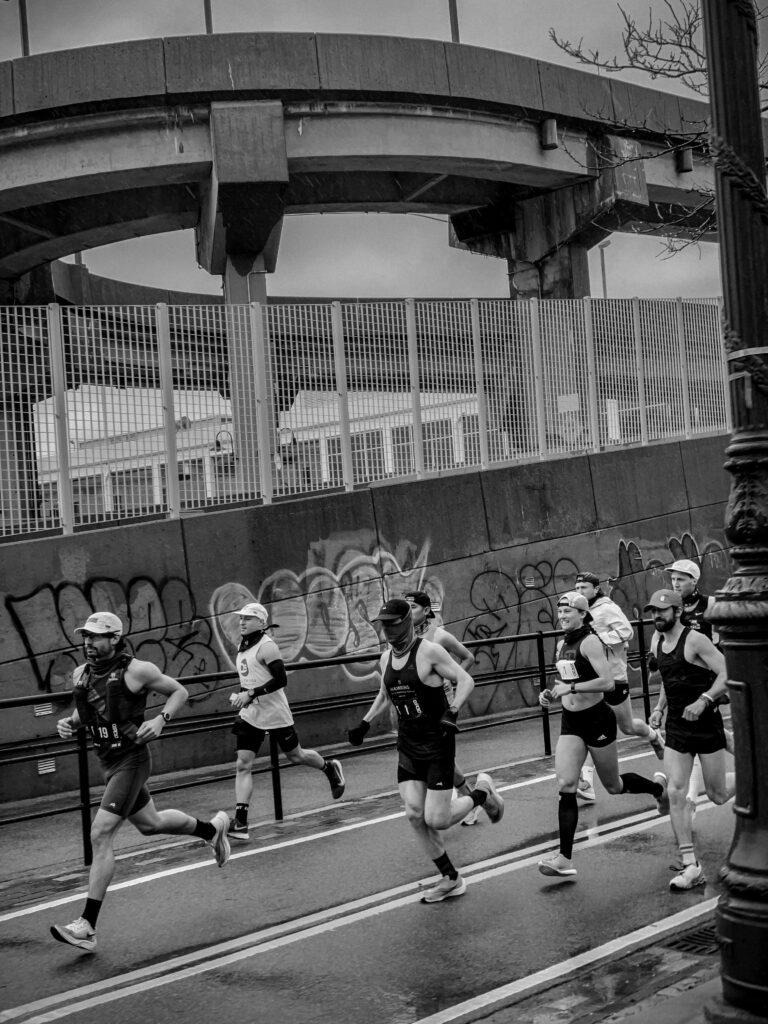
Runssel: Congrats to your three peat at this year’s OSR30. How does this victory weight in in comparison to your first two successful excursions around Manhattan?
Travis: Thanks so much. All my three OSR30 races are all pretty unique. In 2018 I was 100% confident that I was going to win. When Erik Reitinger put a gap on me 10 miles in that I couldn’t seem to close I was kind of devastated. I was as shocked as he was when I passed him by taking the Brooklyn Bridge instead of the Manhattan, for the win. In 2019 and 2021 I had no reason to think I could beat David Kilgore, or Alex Burks. I do know that these races are about so much more than speed. I have a ton of experience navigating around the city. I am comfortable in traffic. I ride my bike through it all day. This years victory was the biggest shock of all though. After the year we’ve all had and the level of competition on the day, it was definitely the most rewarding.
Runssel: As we all know, Covid-19 knowingly slowed down the racing the last couple of months. How did you keep up the motivation and when did you fully commit to another OSR30?
Travis: In late February of 2020 I tore a calf muscle, training for the OSR30. The race was cancelled etc… I moved my entire business to Zoom in one day. I had no confidence in coaching my clients via video chat, so I did every workout with them as they did it for the first few weeks. This meant essentially doing 8-12 hours of resistance training with bands each day. I was back running in less than a month and was able to slowly build to more volume than I have ever even considered.
Without a race on the calendar, I was really able to be patient with strength training, yoga and Physical Therapy, slowly accumulating tons of fitness. To answer your question though, I didn’t have a goal in mind. I was just running because I didn’t know what else to do. Balancing school from home with my 2 kids, my wife is studying to be a nurse and I’m on my computer coaching clients from an office all day. I can usually carve out 60-90 minutes to go run and clear my head, so I do. Without it, I don’t know how I would have survived the year. Joe DiNoto sent me a text in early February, asking if I would be interested in running the 30 sometime towards the end of March. I said yes but wasn’t really sure if I was going to want to put in the speed work required. It turned out I had accumulated a lot more fitness than I thought.
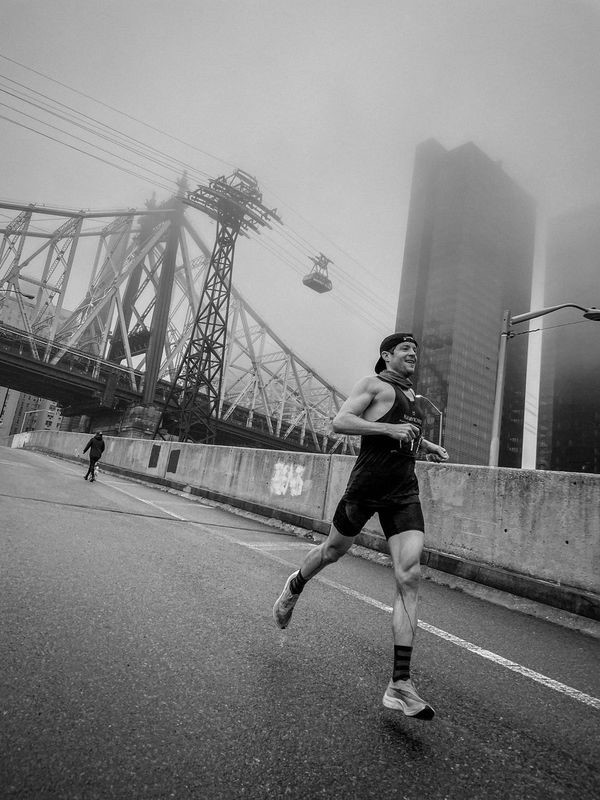
Runssel: This year’s OSR30 start list was perhaps the best it’s ever been. What battle scenario did you assume and how did you plan for it?
Travis: It was definitely the strongest field! I knew there were going to be at least 2 guys capable of running way faster than me (It turned out that I was right). I also knew that I had the fitness to put together my strongest race. My strategy was to run my strongest race and hope that they pushed each other beyond their limits or got lost trying. I suppose it worked. I definitely ran my strongest race.
Runssel: Do you have any key workouts leading up to a race like this? How do you approach training towards such a race?
Travis: I am a strong believer in running hard on long days for races like this. I can usually accumulate a decent amount of weekly miles with a bunch of light runs, but there is always a hard long run and a harder short run. I do most of my running in similar conditions around Brooklyn, so I suppose that helps too. There’s typically a ton of concrete in these races which I think tends to do more damage than people realize. If you’re doing all your training on blacktop, it’s not great preparation for a race that’s on a lot of walkways and paths made of concrete and slate.

Runssel: Knowing the city is a huge advantage. How do you prepare the navigational part of the OSR30?
Travis: I know the city intimately. I ride my bike around all day from client to client. I like to make a game of finding the fastest routes. Riding and running in traffic are fun and adds a level of adventure to training and commuting. Finding the shortest route for OSR races and practicing them on my bike has been part of the fun since the first midnight half I did in 2016.
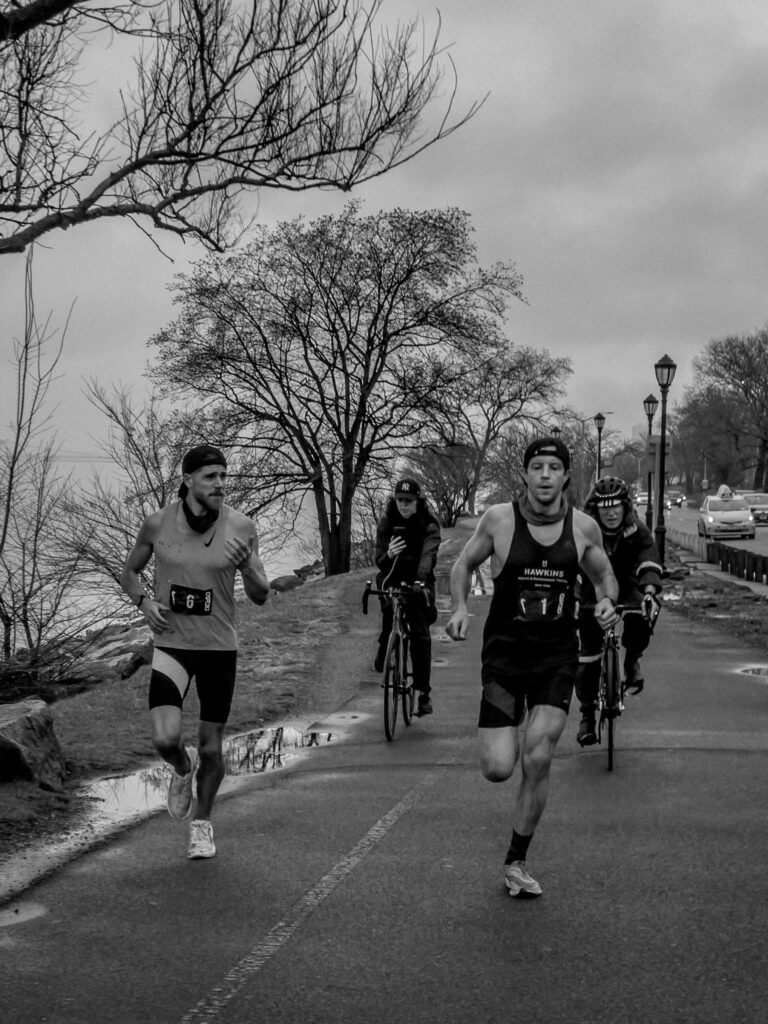
Runssel: Another indefinite year of racing is ahead. Do you have any goals planned out?
Travis: I don’t have any goals this year. I’d love to get lost in the woods at some point- in a race or on a long adventure run. I’d also like to get on my bike for a race since I haven’t done that since 2019. Who knows?
Runssel: Will there be a OSR30 four peat next year?
Travis: The target on my back keeps getting bigger. I don’t think it would be fair to take it down prematurely.
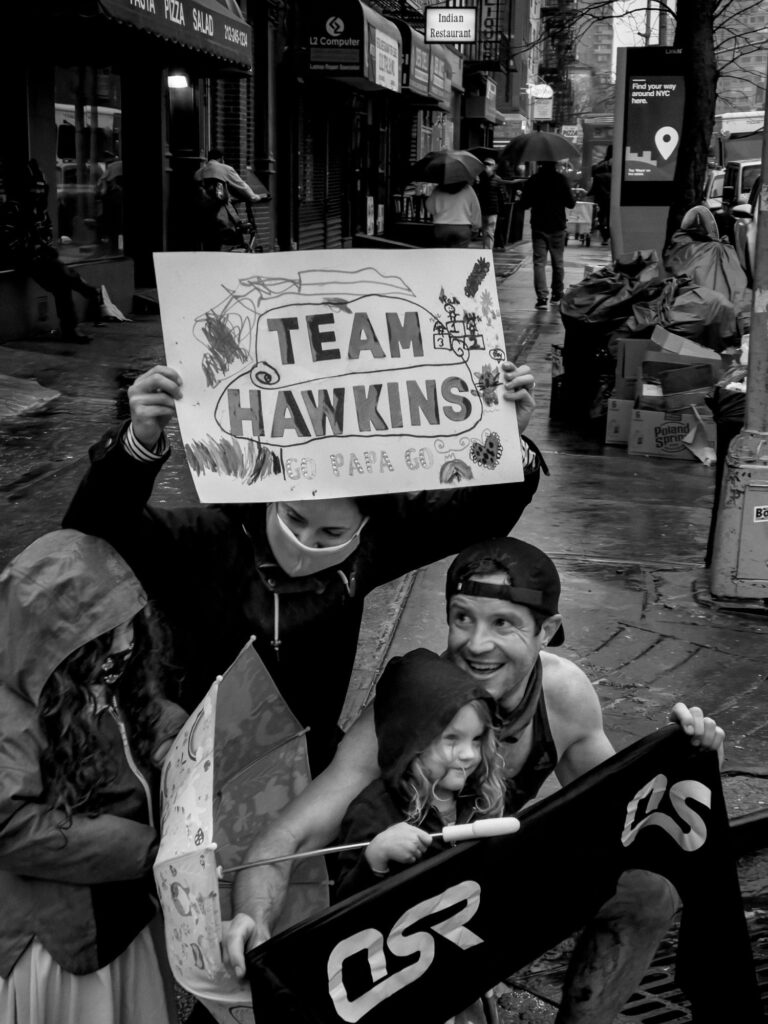
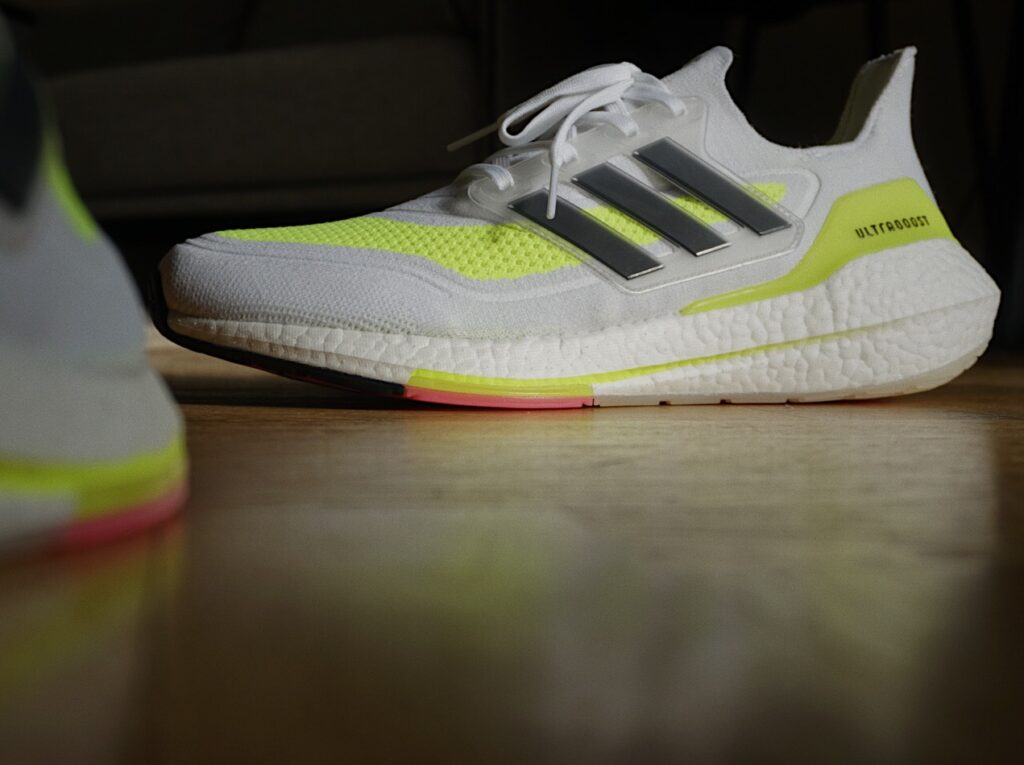
With the UltraBOOST series adidas has been surfing amid the so called “lifestyle” and “performance” segment. There are no two opinions about the look, that is for sure. Nonetheless we will concentrate on the performance part of things in this post.

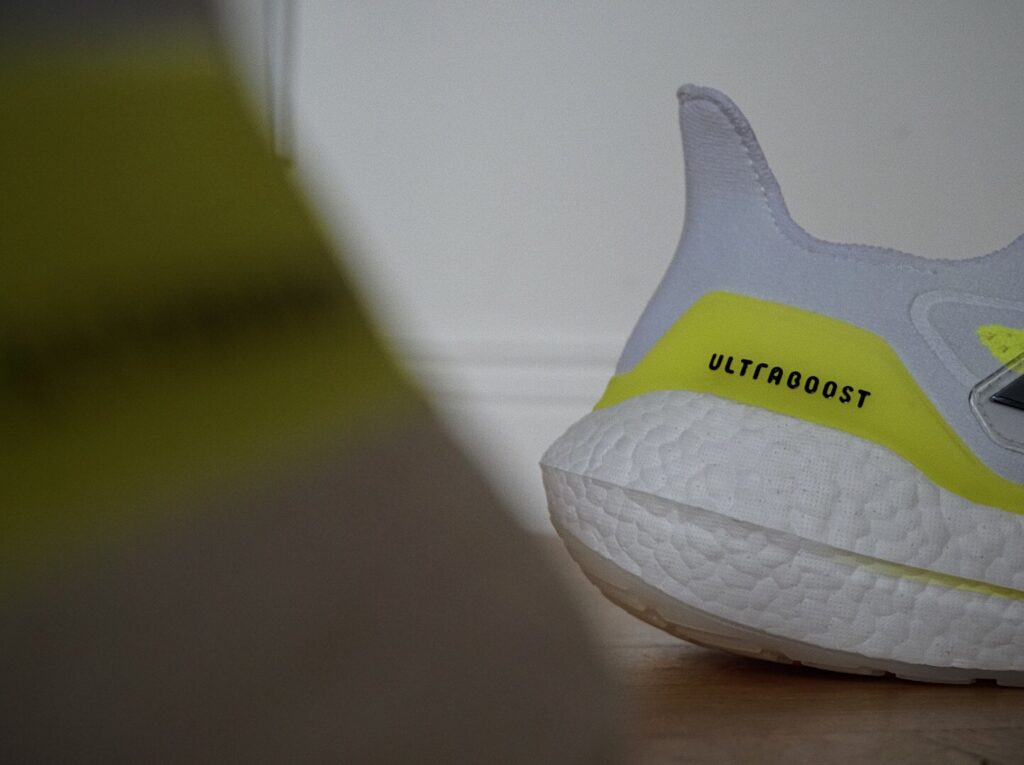

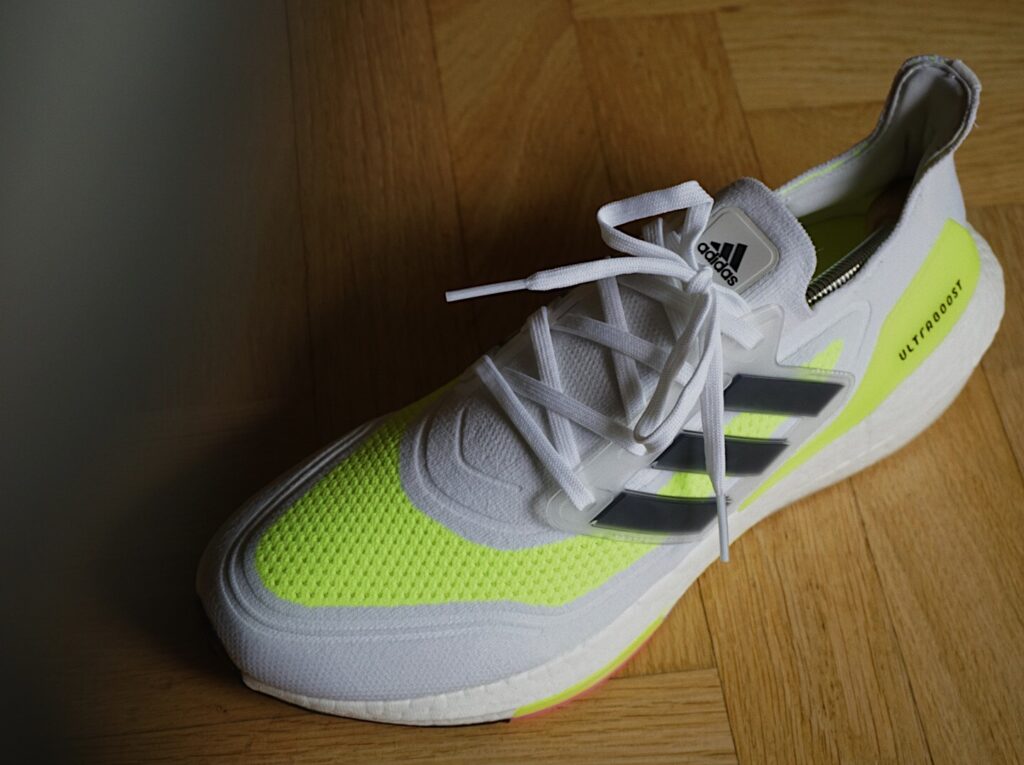

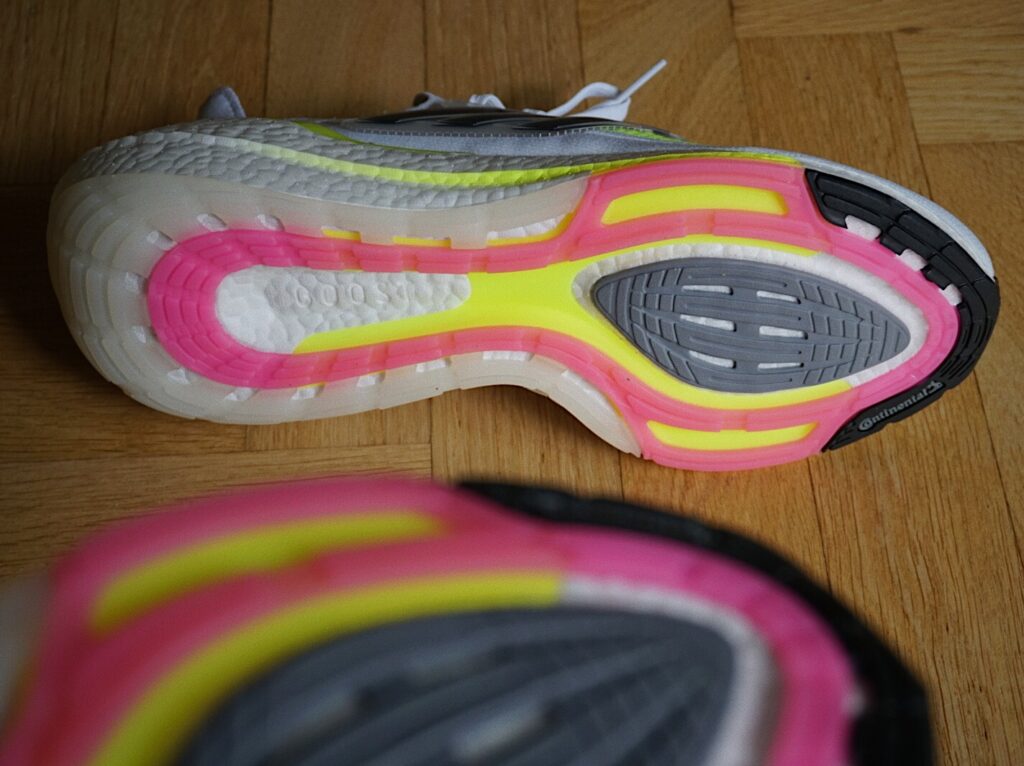
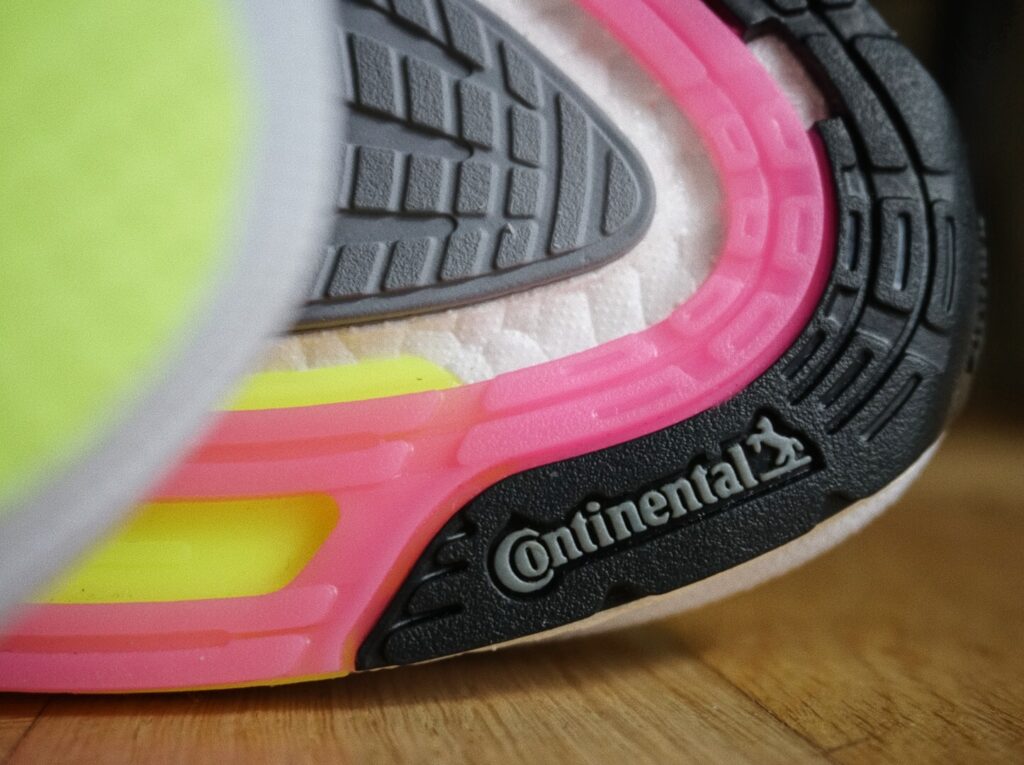
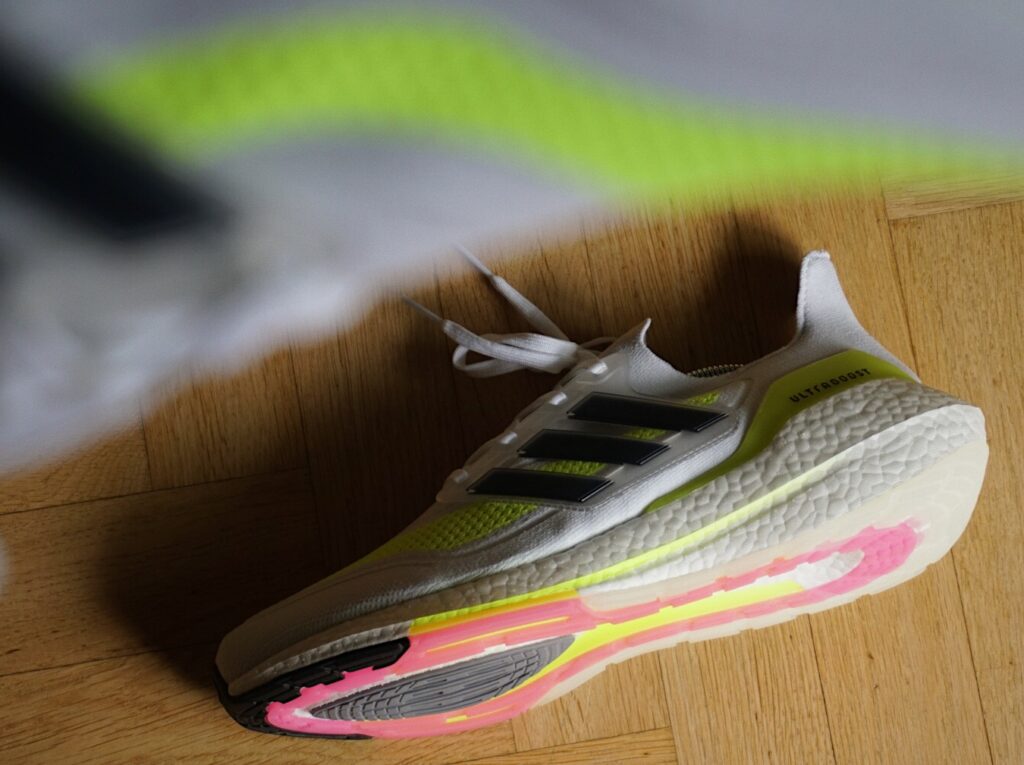
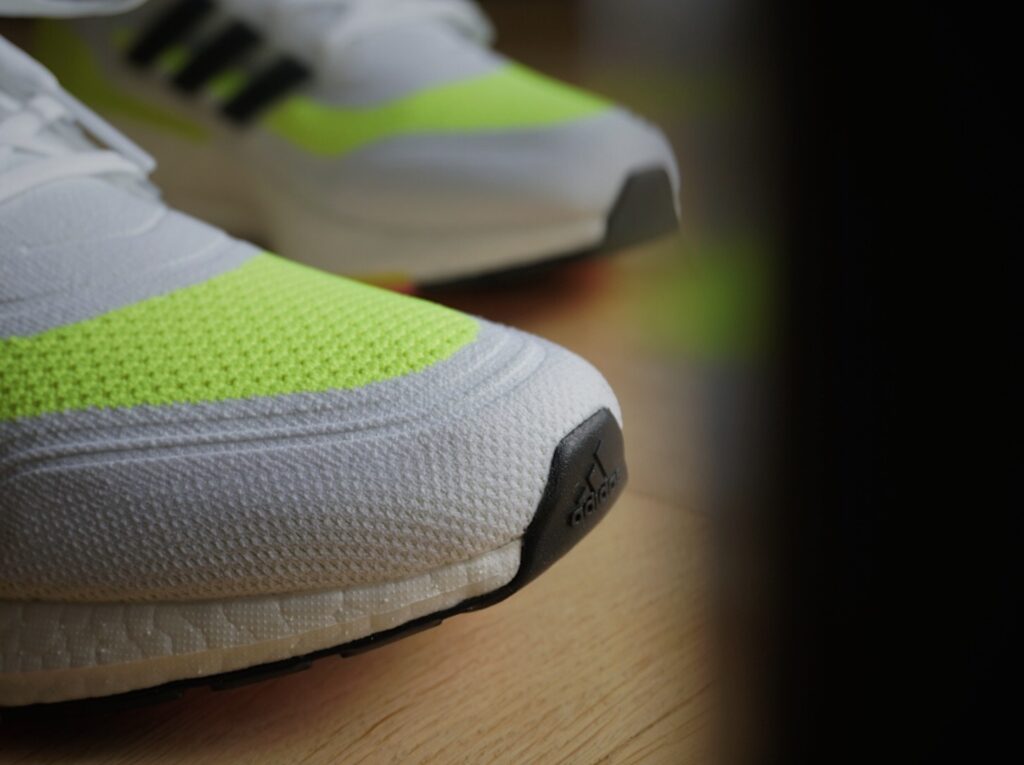
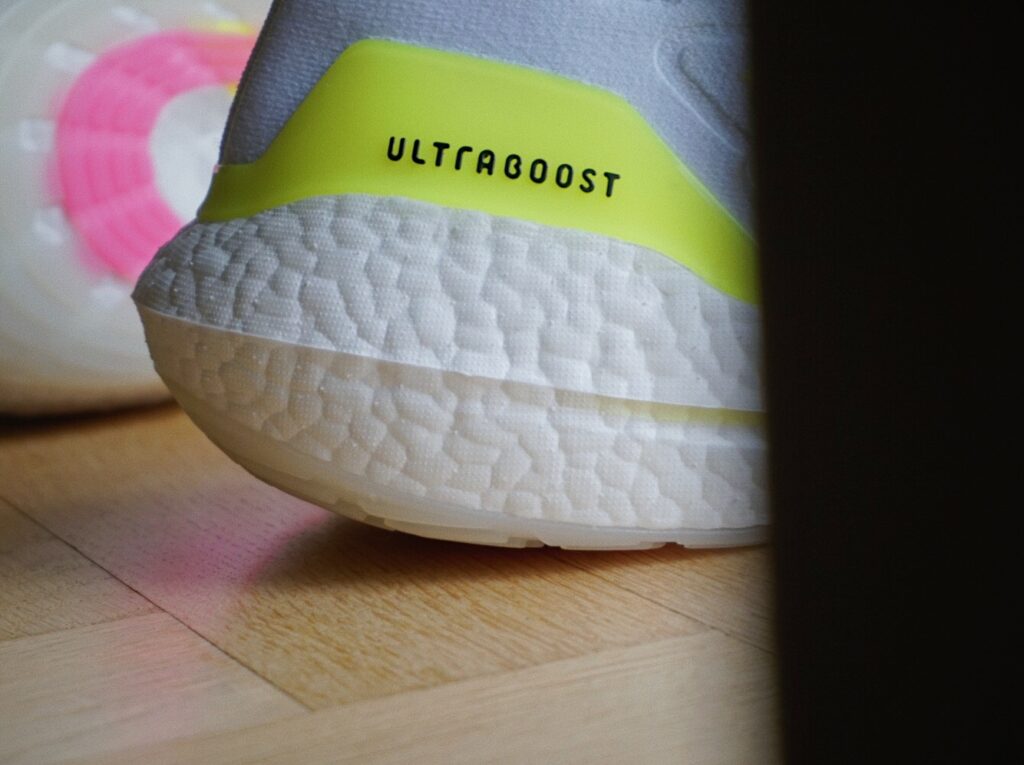
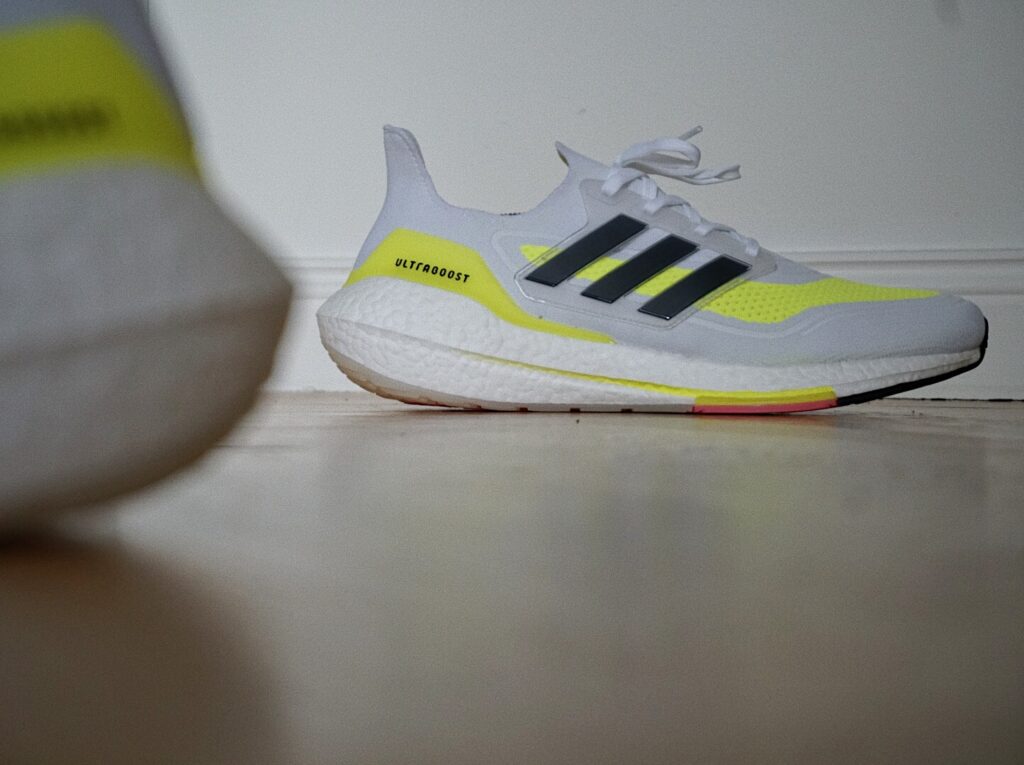
Tune of the day: Fred The Godson – Garcias
YouTube of the day: Kengo Suzuki’s 2:04:56 National Record to Win Final Lake Biwa Mainichi
Pod of the day: Tommy Hughes joins the Spring Snyggt Podcast (Start at 53 Minutes)
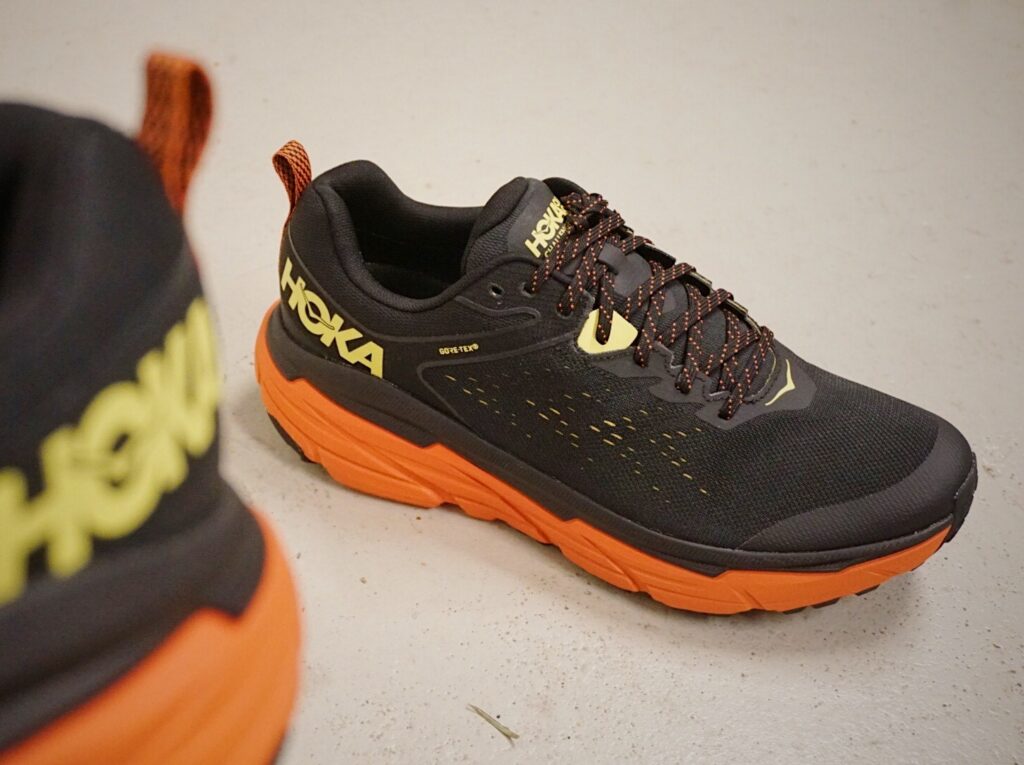
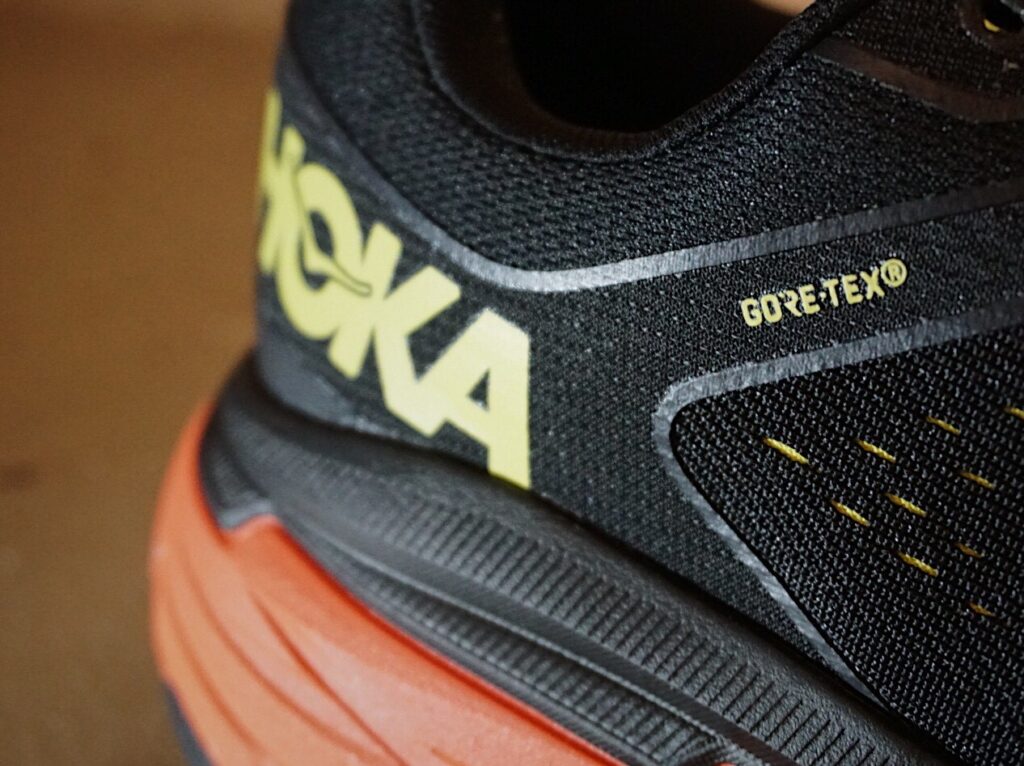
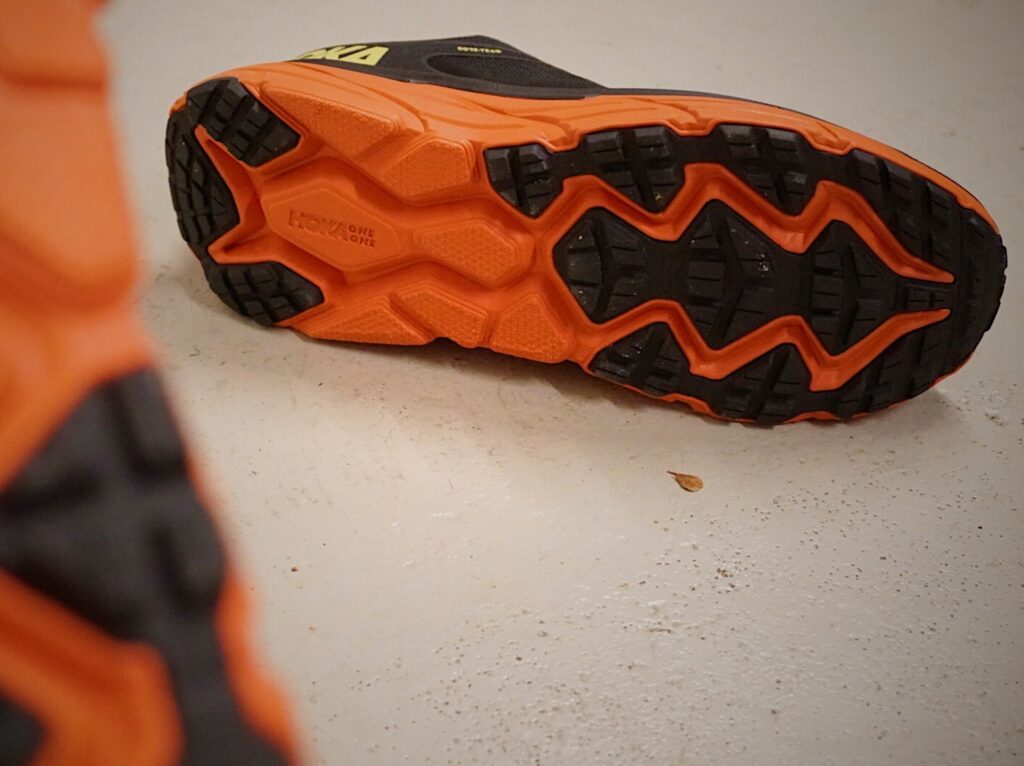
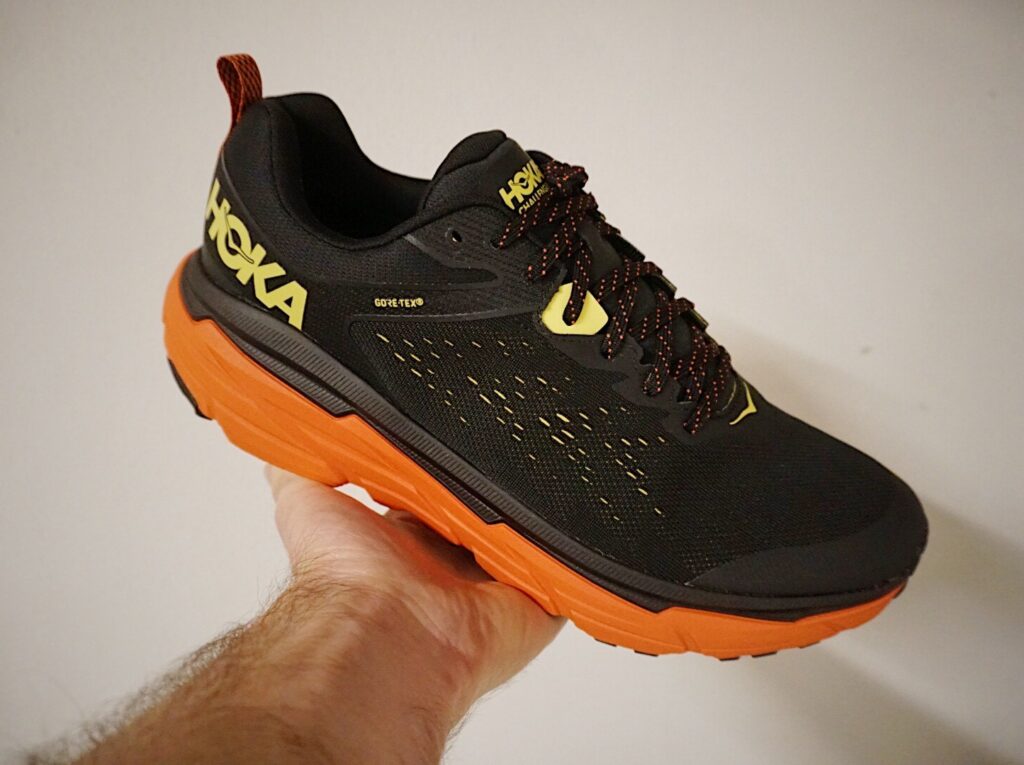
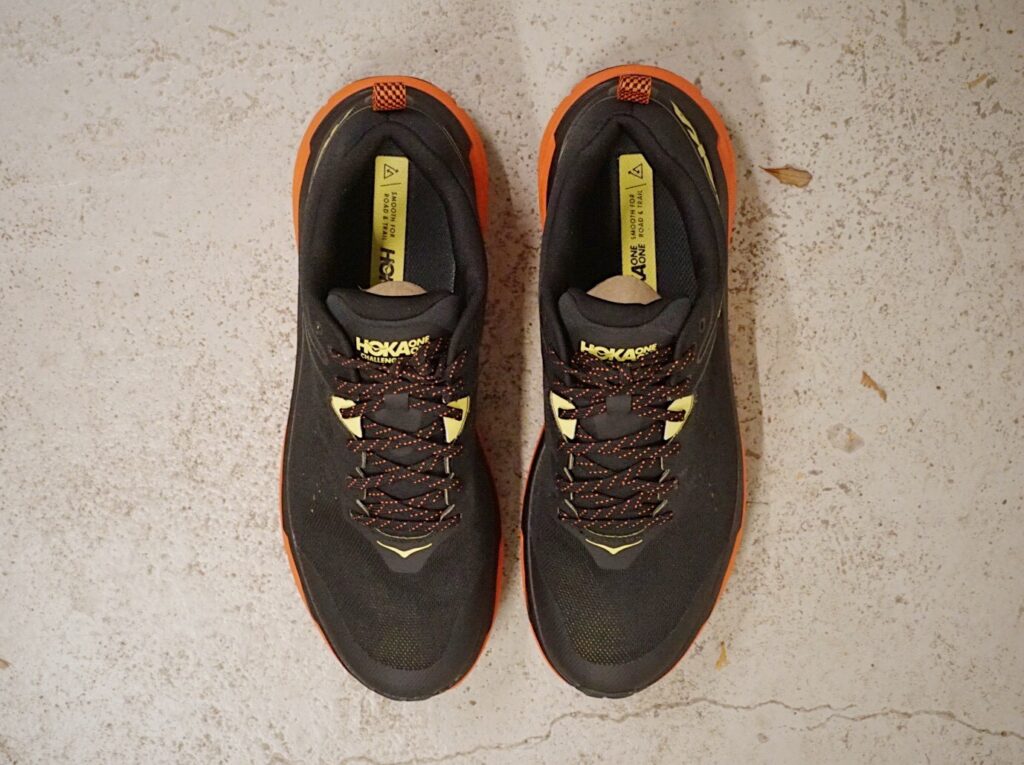
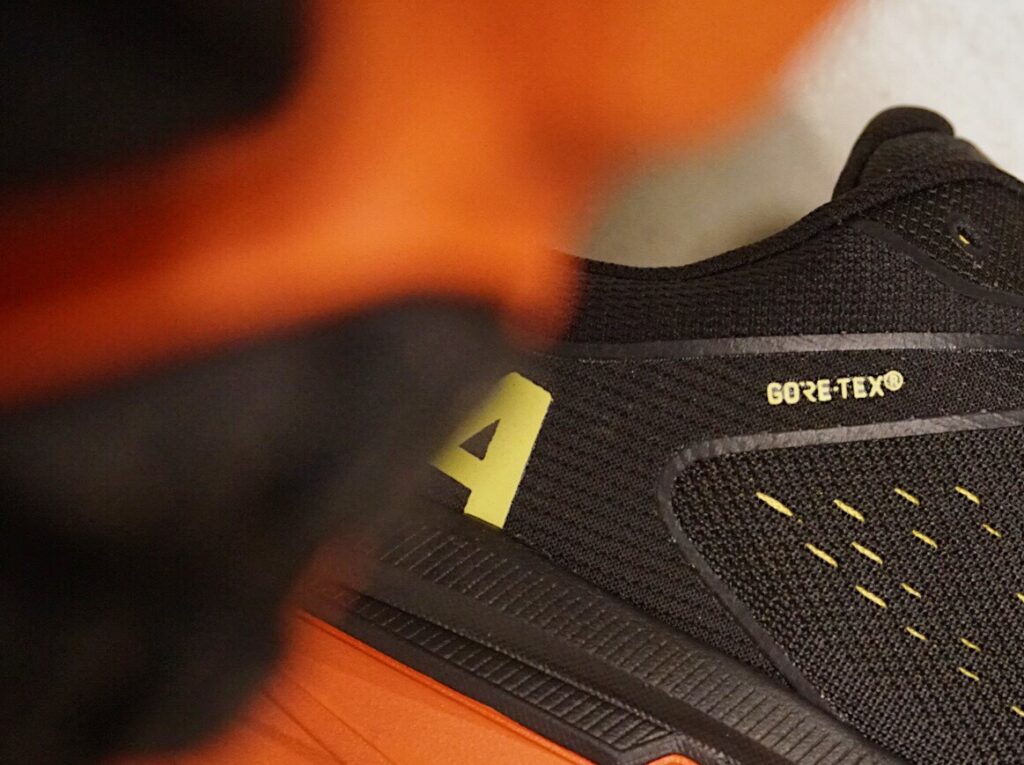

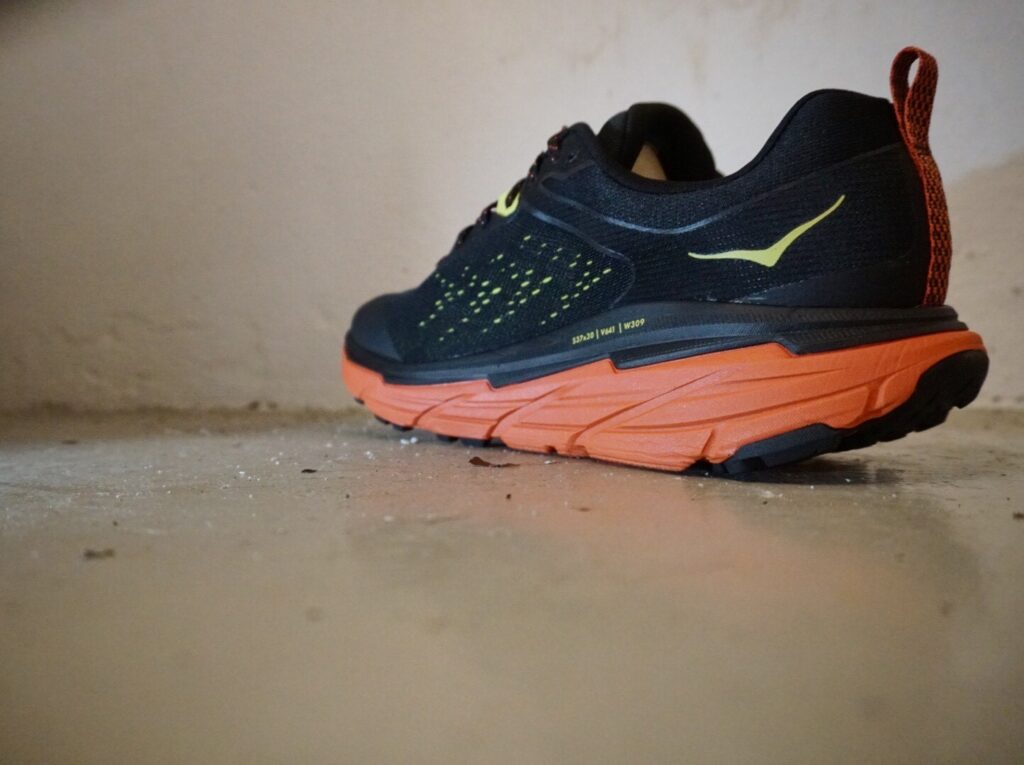
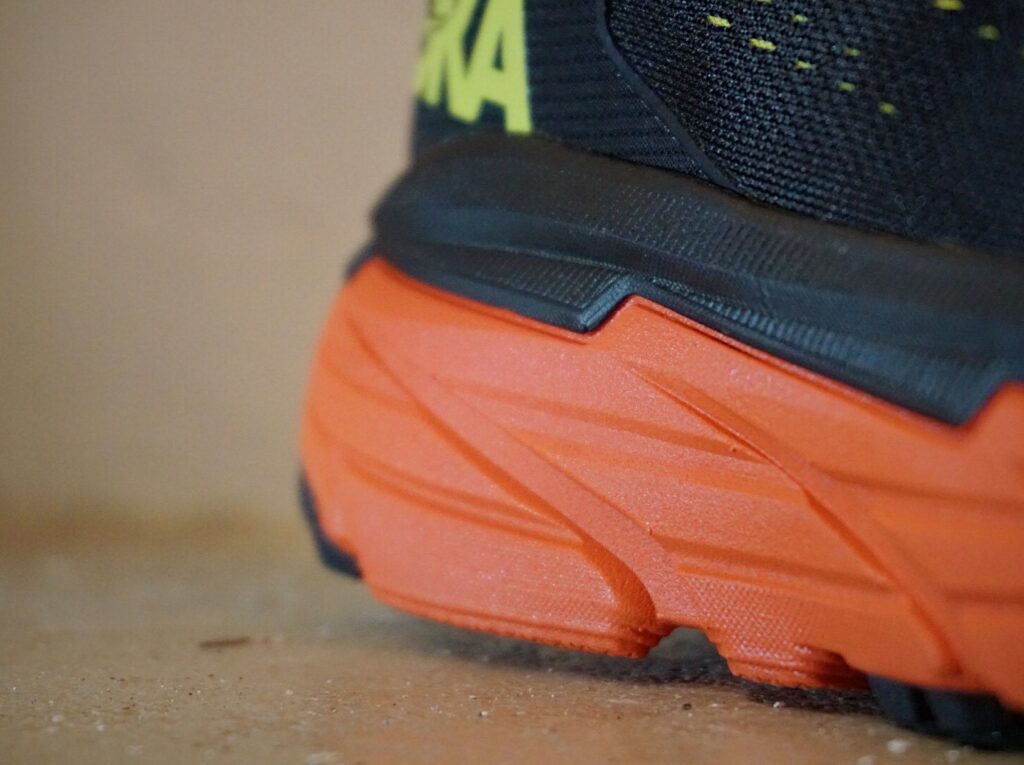
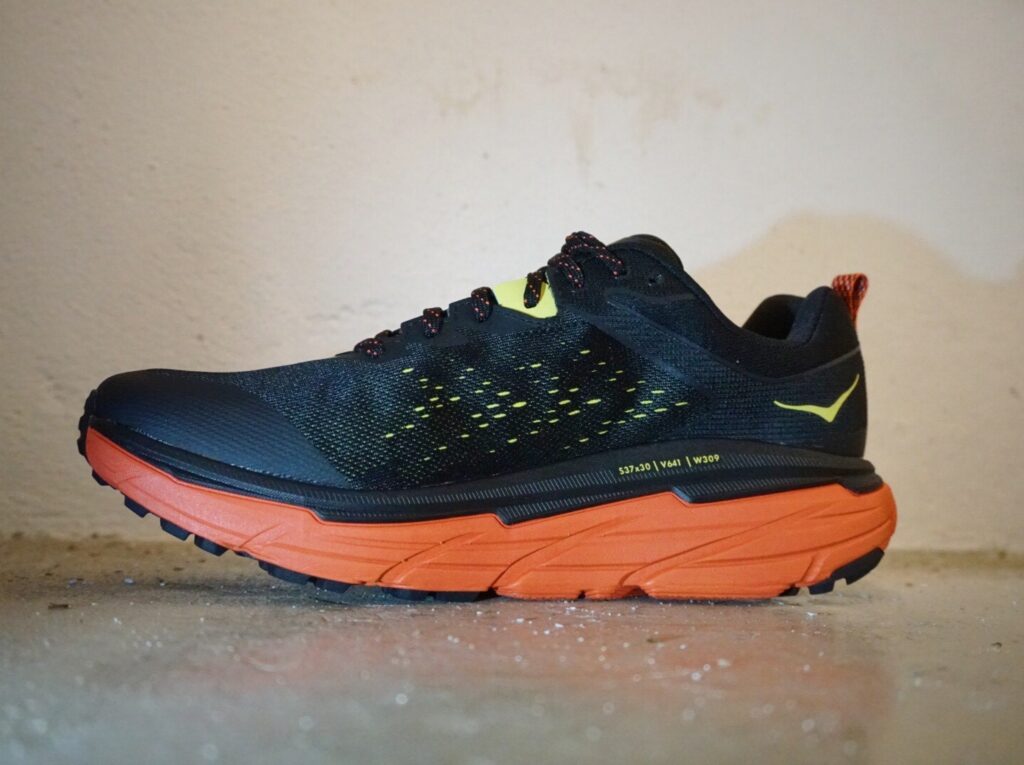
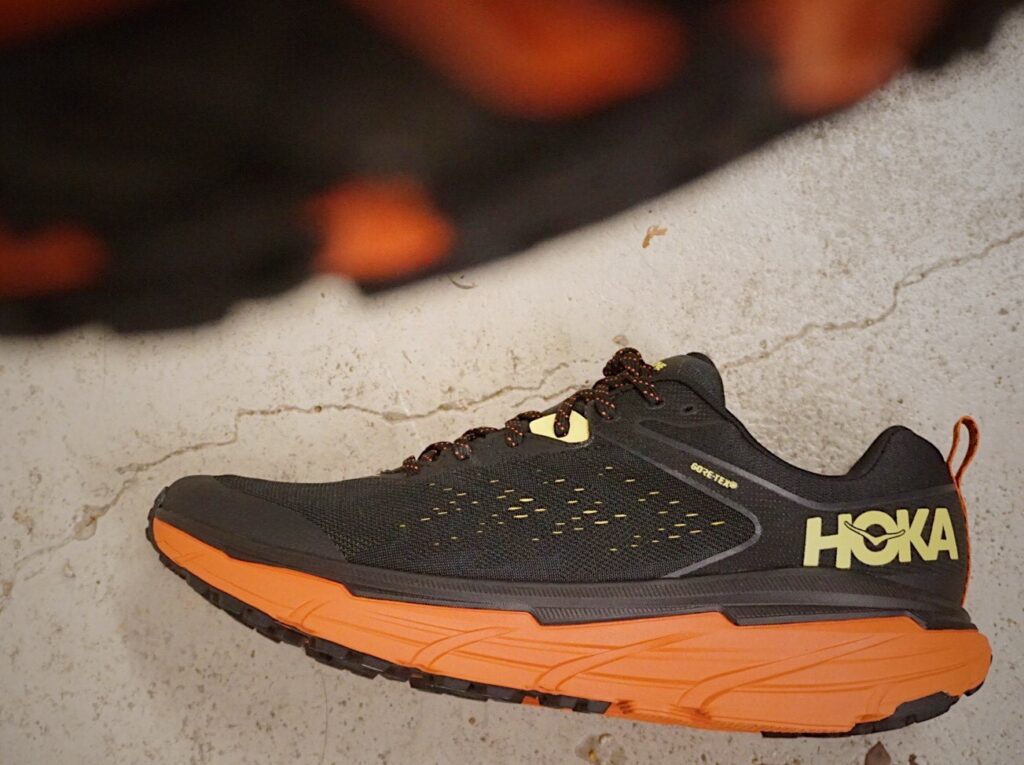
Tune of the day: DJ Stylewarz – 2360 feat Toni L + Esa X Four Tet – Parallel
YouTube of the day: Mount Fuji Women’s Ekiden 2020
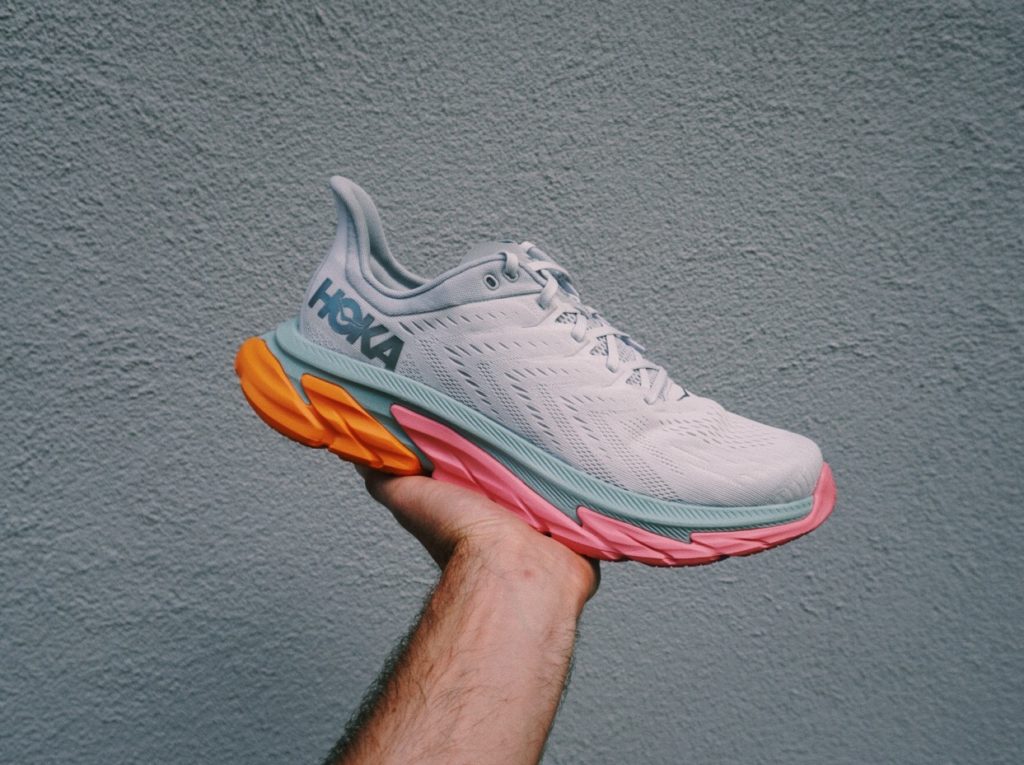
With the Clifton Edge the company remains to push its pioneering boundaries. After the trails, Hoka now takes on the roads with its cutting-edge resole geometry. A development history the company is known for.

Hoka One One pushes its lightweight road shoe unit even more with this trifling new adding that comes with more less the same heft as the preceding Clifton 6.
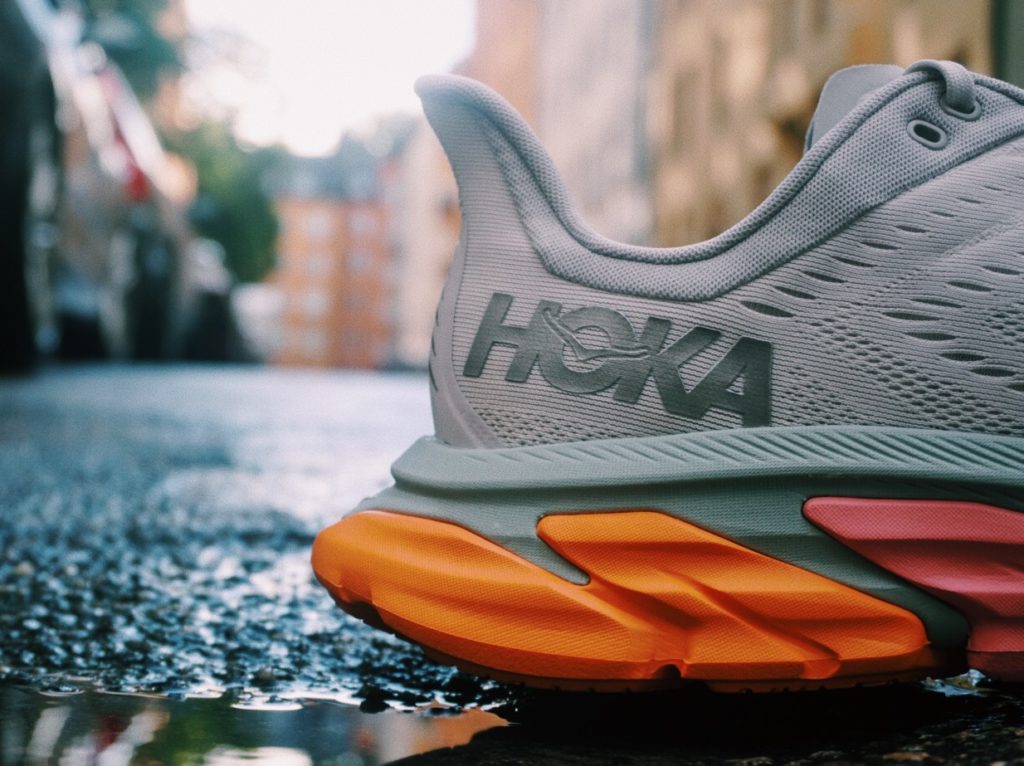
As a non-heel striker, a circumstance that I cannot really access. However I used The Edge during some hill repeats and the big surprise to me was not the energetic uphill ride (which I’m describing later..) it was the super relaxed downhill jogging that pleased my beaten up limbs.
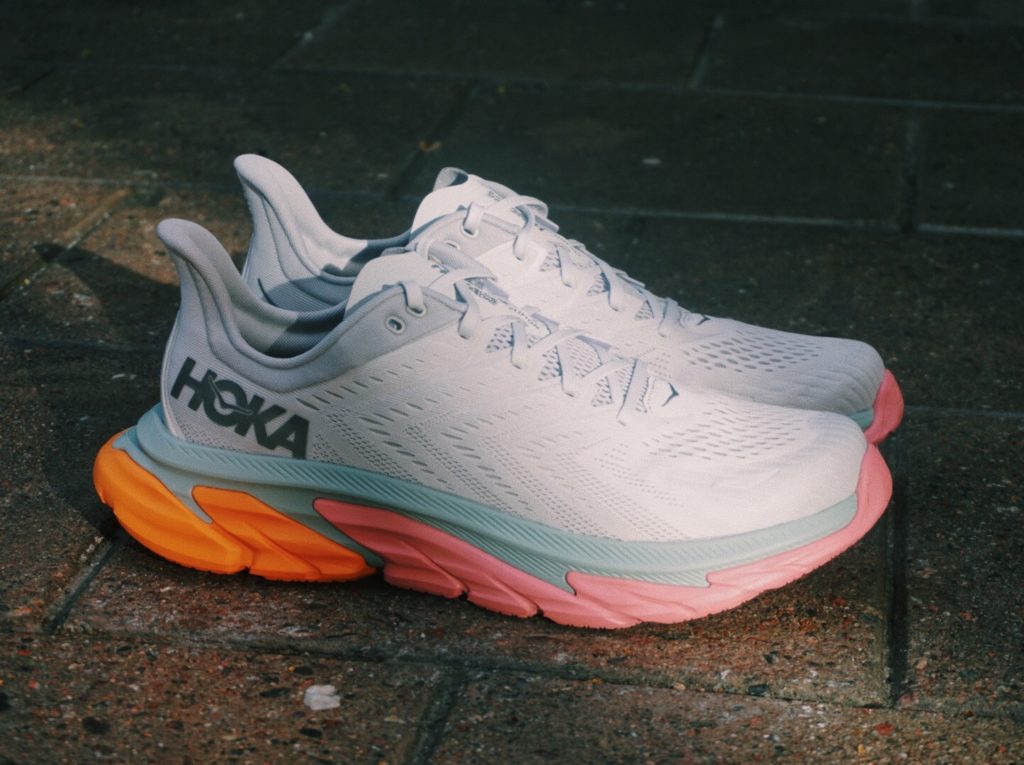
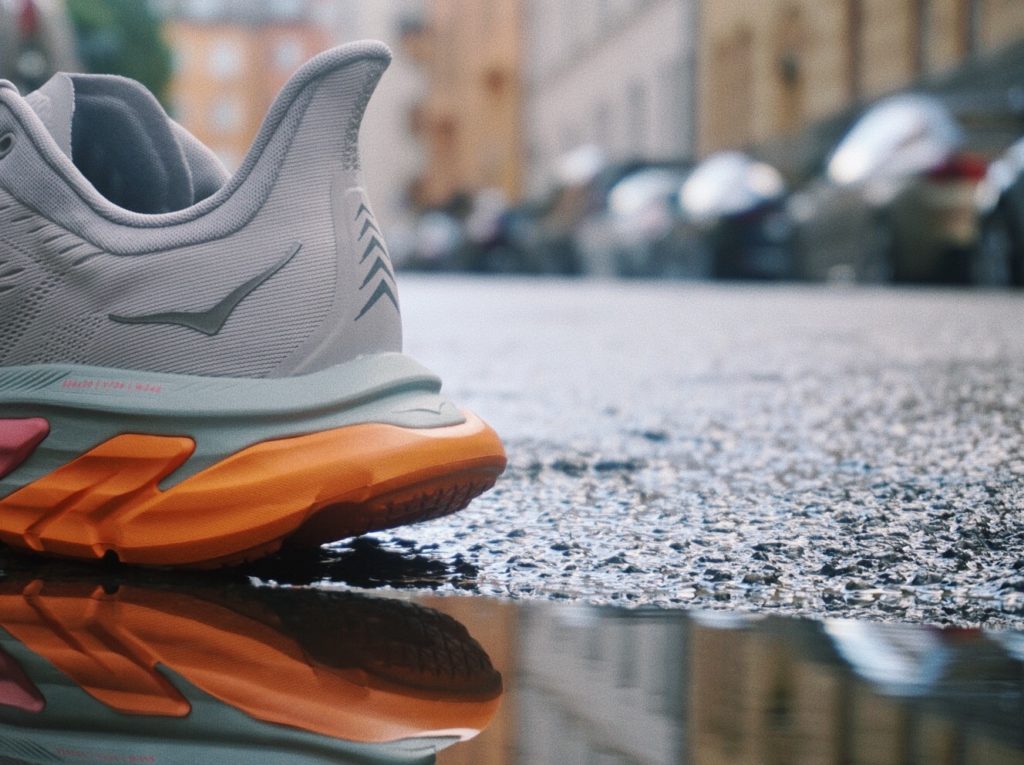

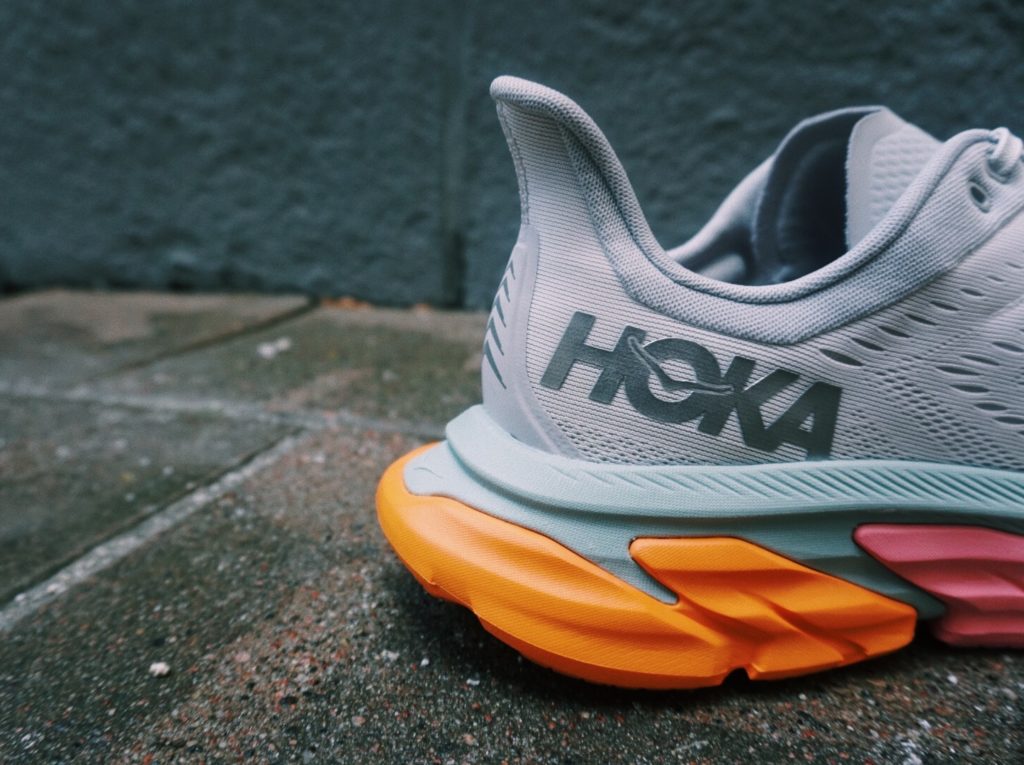
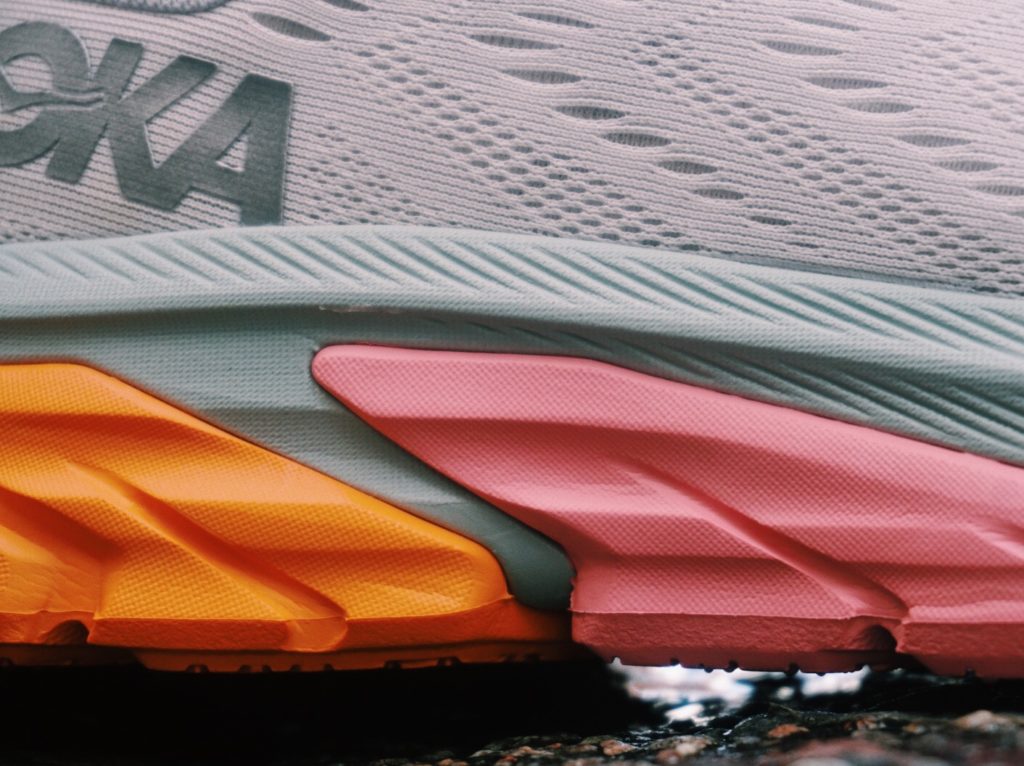
The midsole is engraved into an early stage Meta-Rocker shape which helps the runner to move the individual foot strike further forward in the shoe.


Like seen before with the latest Nike Vaporfly models, Hoka added a slight but really clever feature to this model. Some stability lining on the heel generates a super safe and relaxed feeling while snug around the heel bone. I had no issues with rubbing or heel slippage and generally enjoyed this feature as an add-on for more comfort.

The heel to toe drop comes in with 5.00mm.
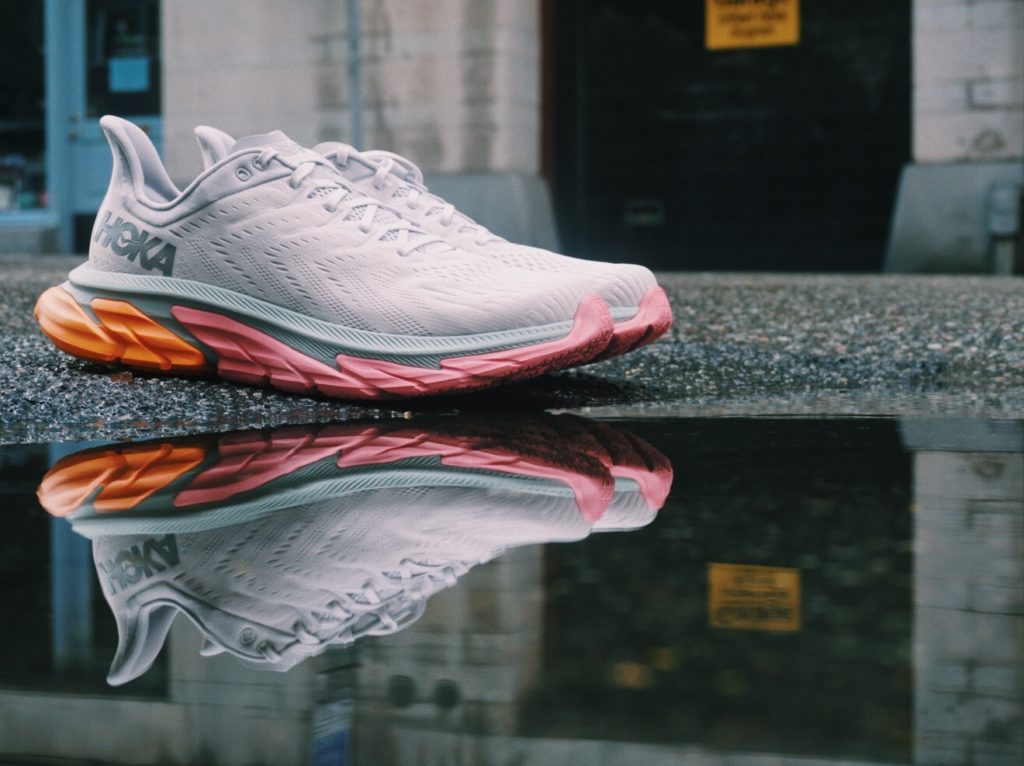
As always there are numerous feelings about the design. As long as Hoka shoe exists, there will be. But one thing is for sure, Hoka drives modernization and is not afraid to push limitations. The Clifton Edge just shows precisely this and sums it up with three characteristics printed on the insole of the shoe: light, soft and smooth!
Tune of the day: Special Request – No Other way To Say It X Four Tet – New Energy
- Plain basic and plainly stylish. I dig the latest Theos shirt made out of 100 % Recycled PES.
- The Zeno shorts are another great addition to the wardrobe. I love the cut and the lightweight fabrics.
- Out of all my running shorts, this one if definitely one of the lightest.
- Little details make the Rezlo gear interesting and unique.
- Simple storage for your keys or a gel.
- Trimmed down earth colors make up for a very stylish combination.
- Rezlo hits it again and sets another highlight in the busy running apparel market. Great to see a little brand finding its way!
Tune of the day: The Cinematic Orchestra – A Caged Bird/Imitations of Life (feat. Roots Manuva)
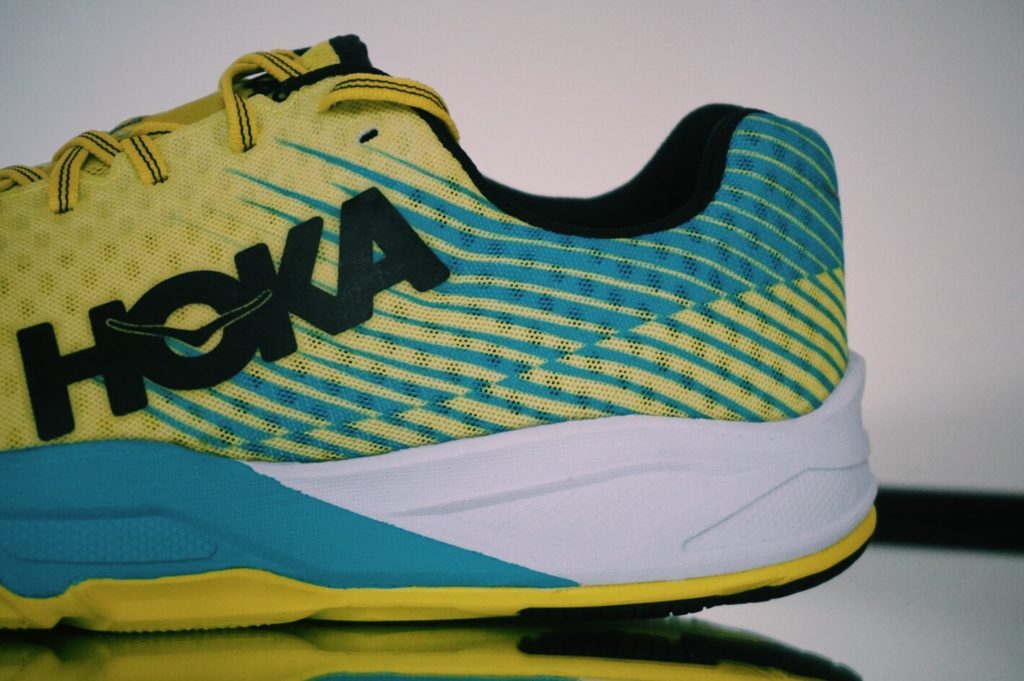
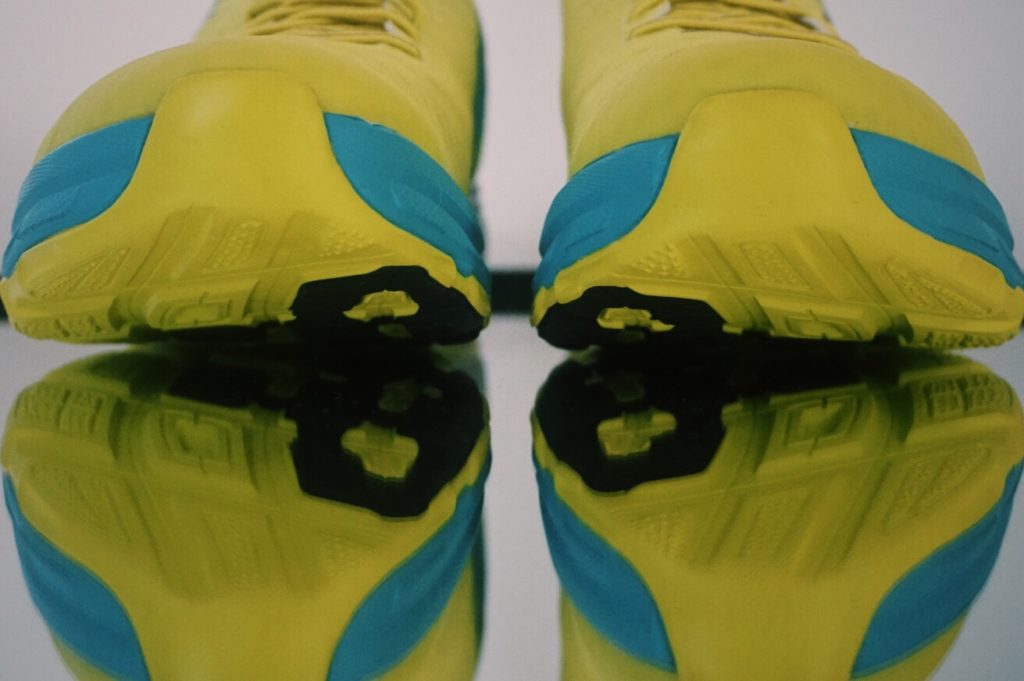

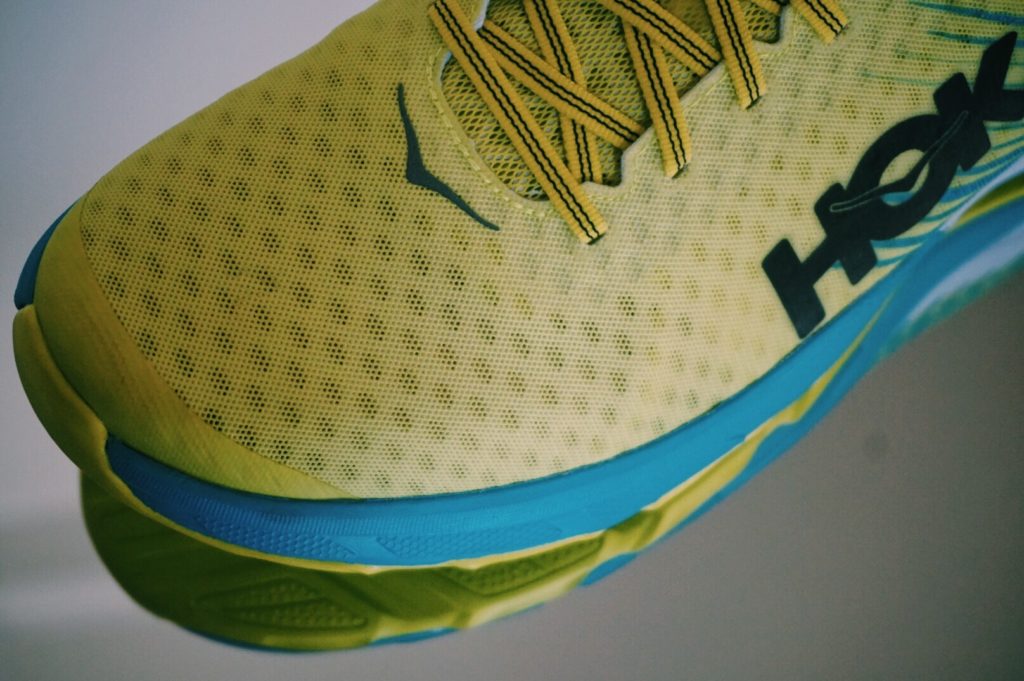
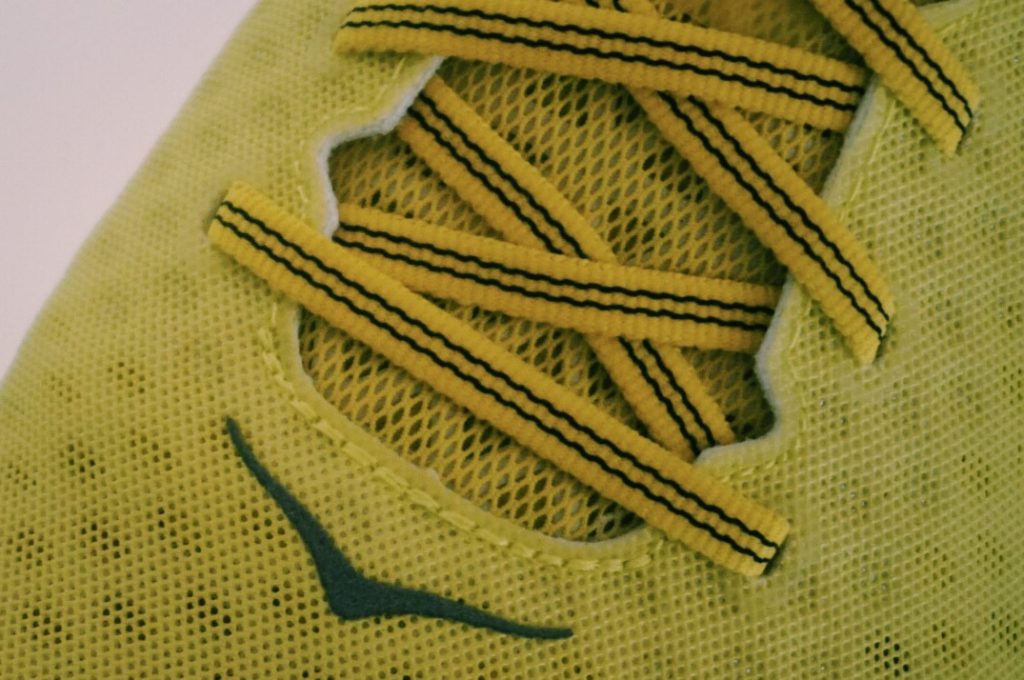
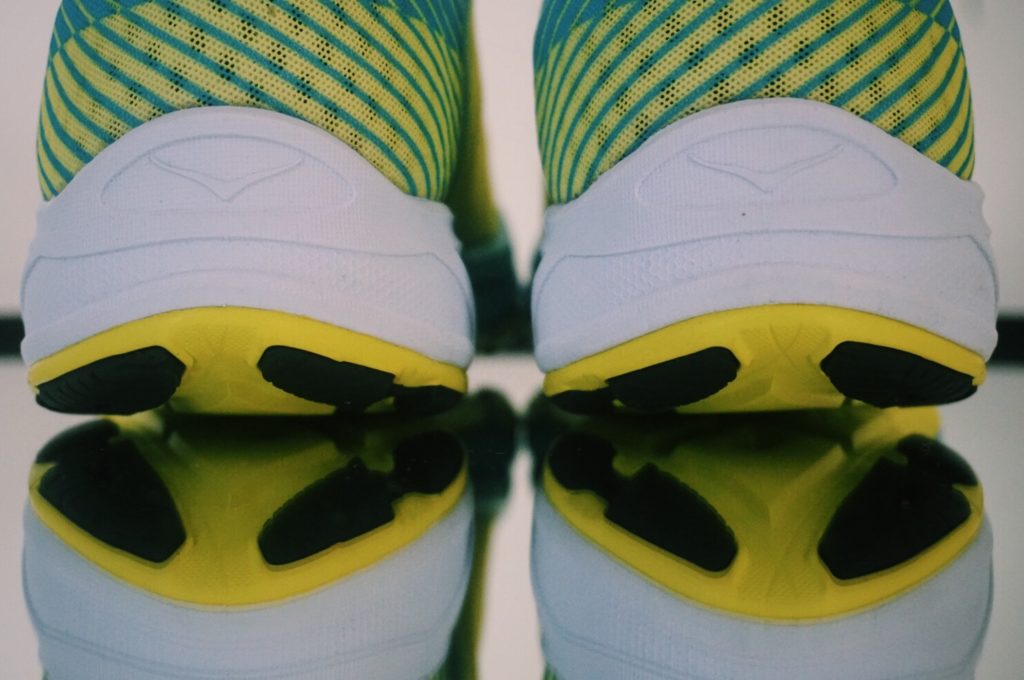

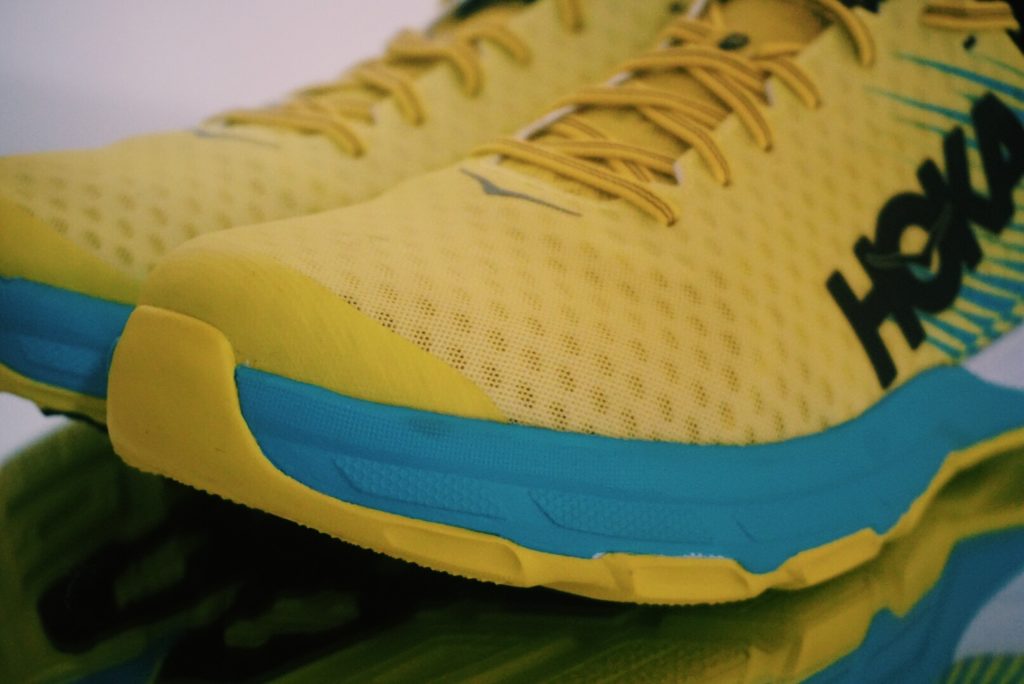
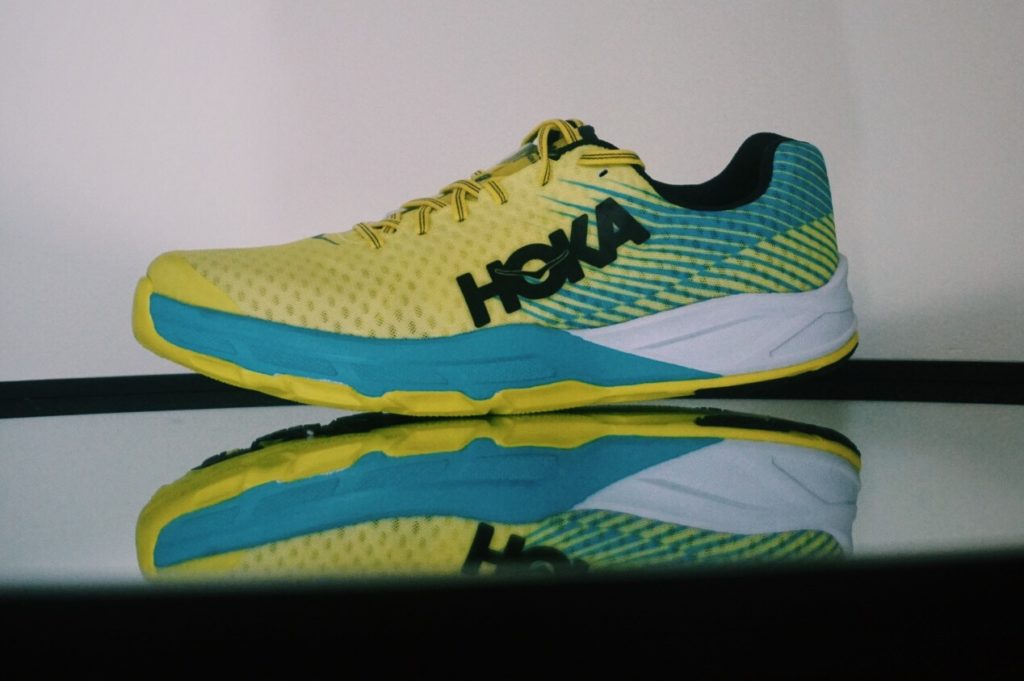

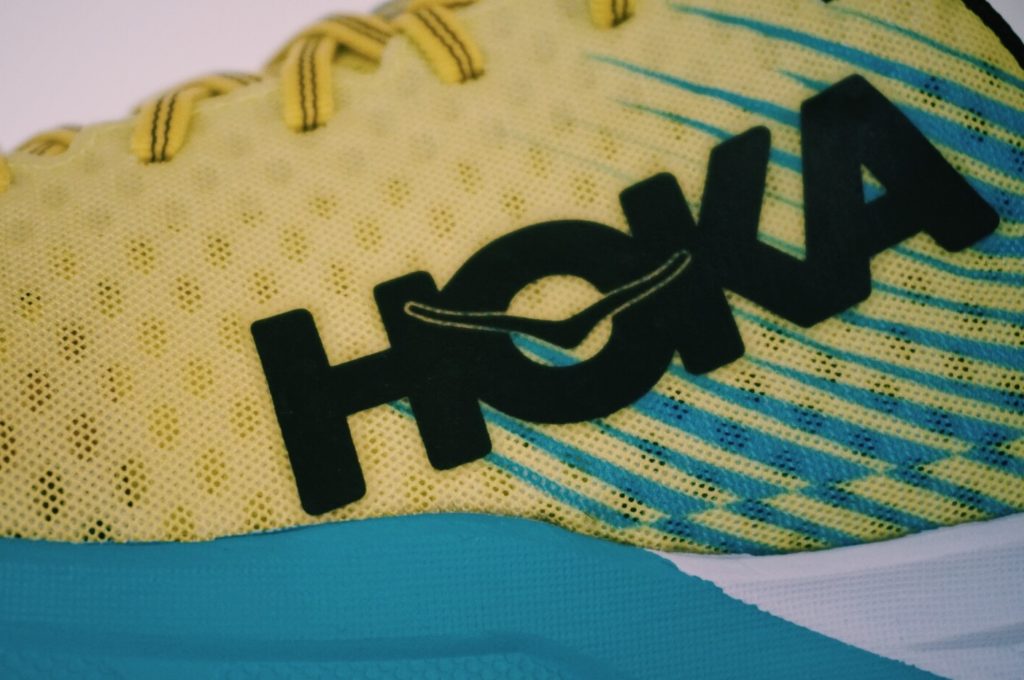
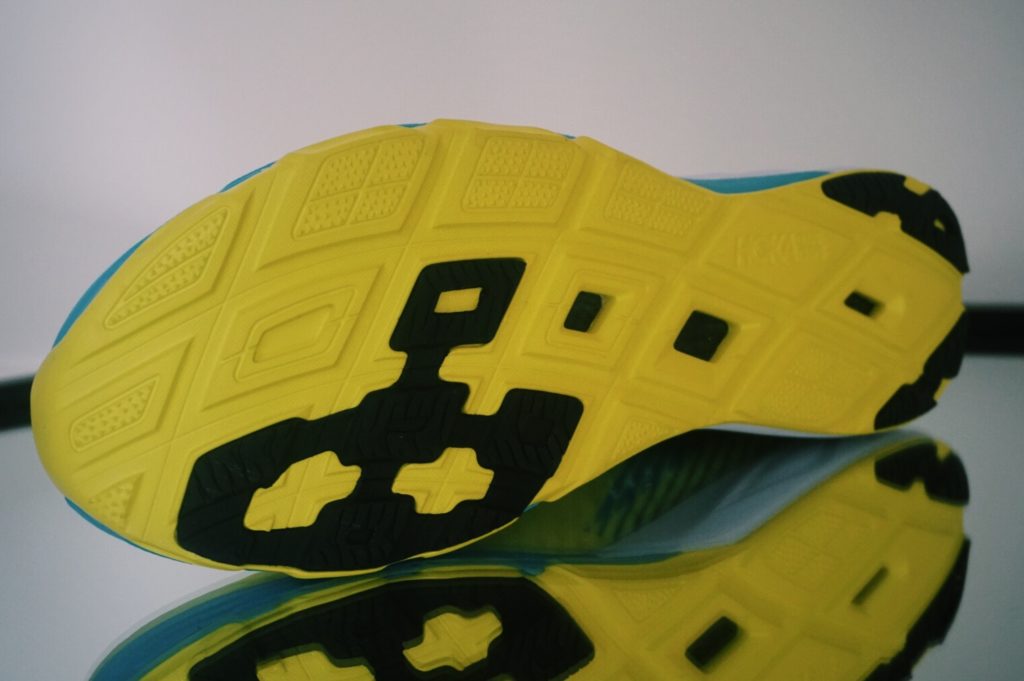
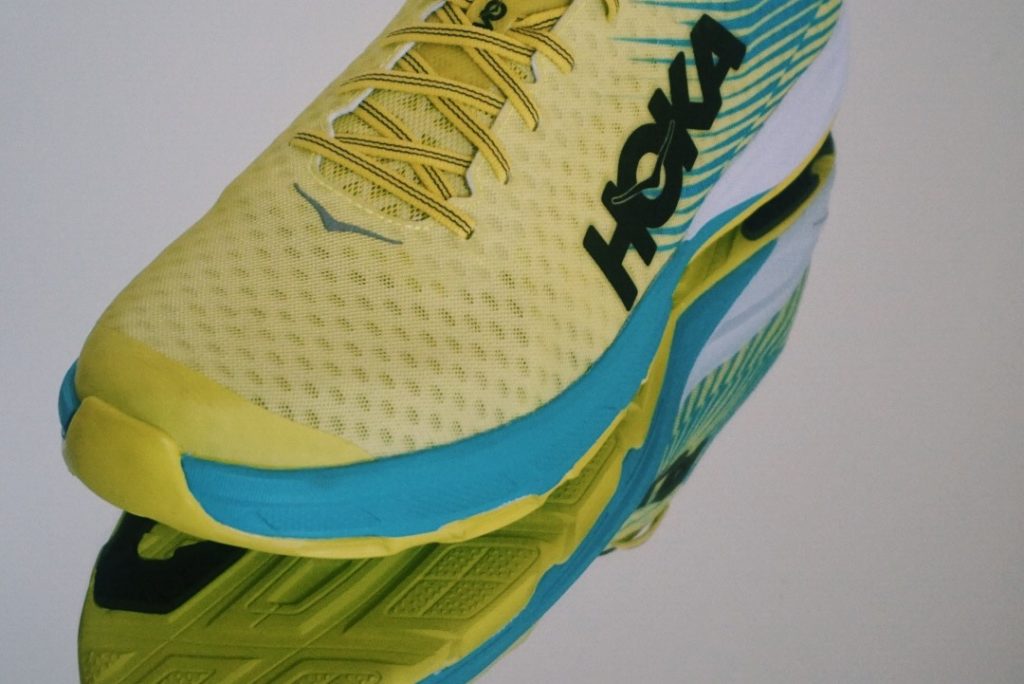
Tune of the day: MJ Cole – Serotonin X Tuamie – Flamingo Pink X Fierce and Cause 4 Concern – Carrier

